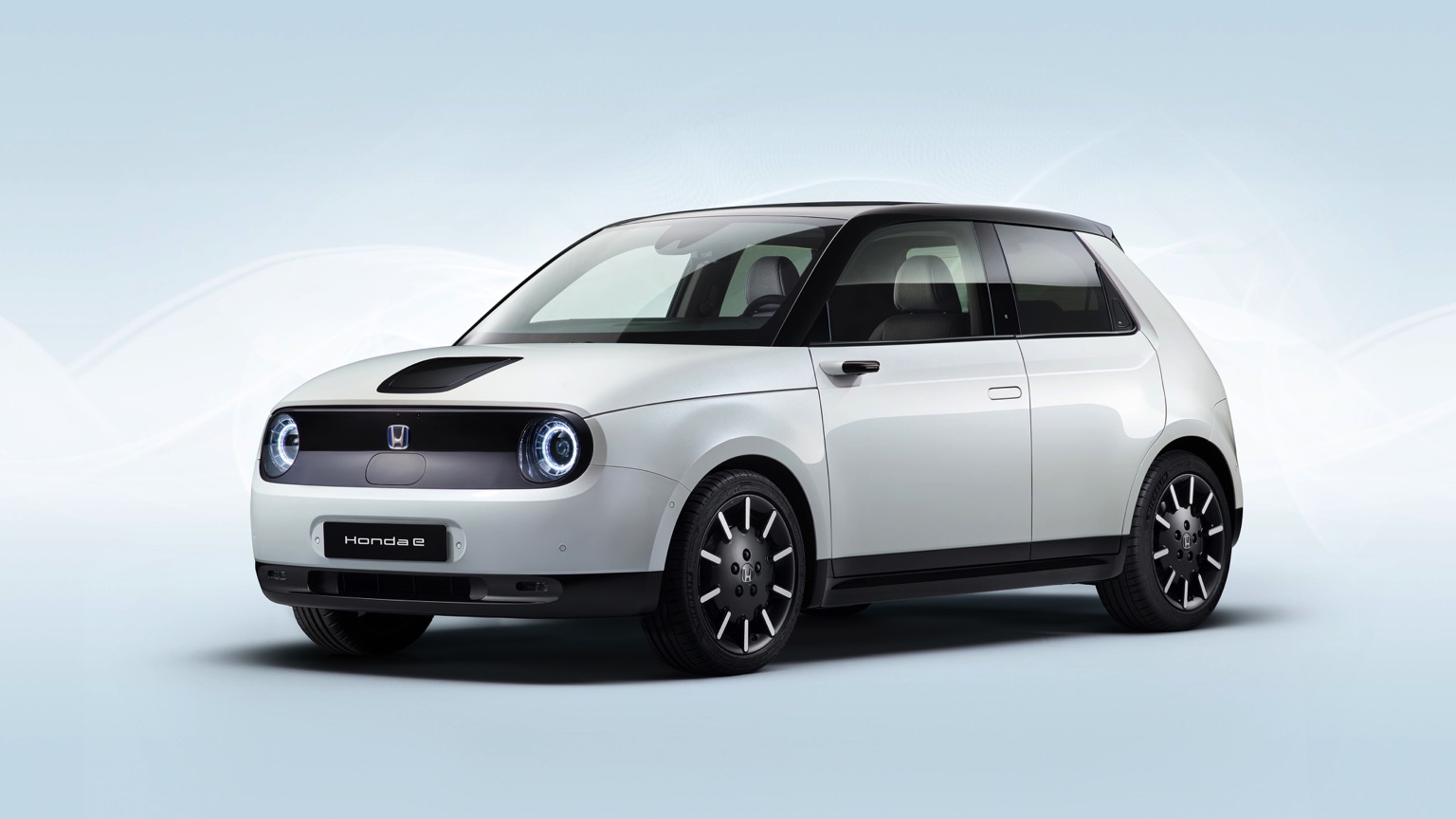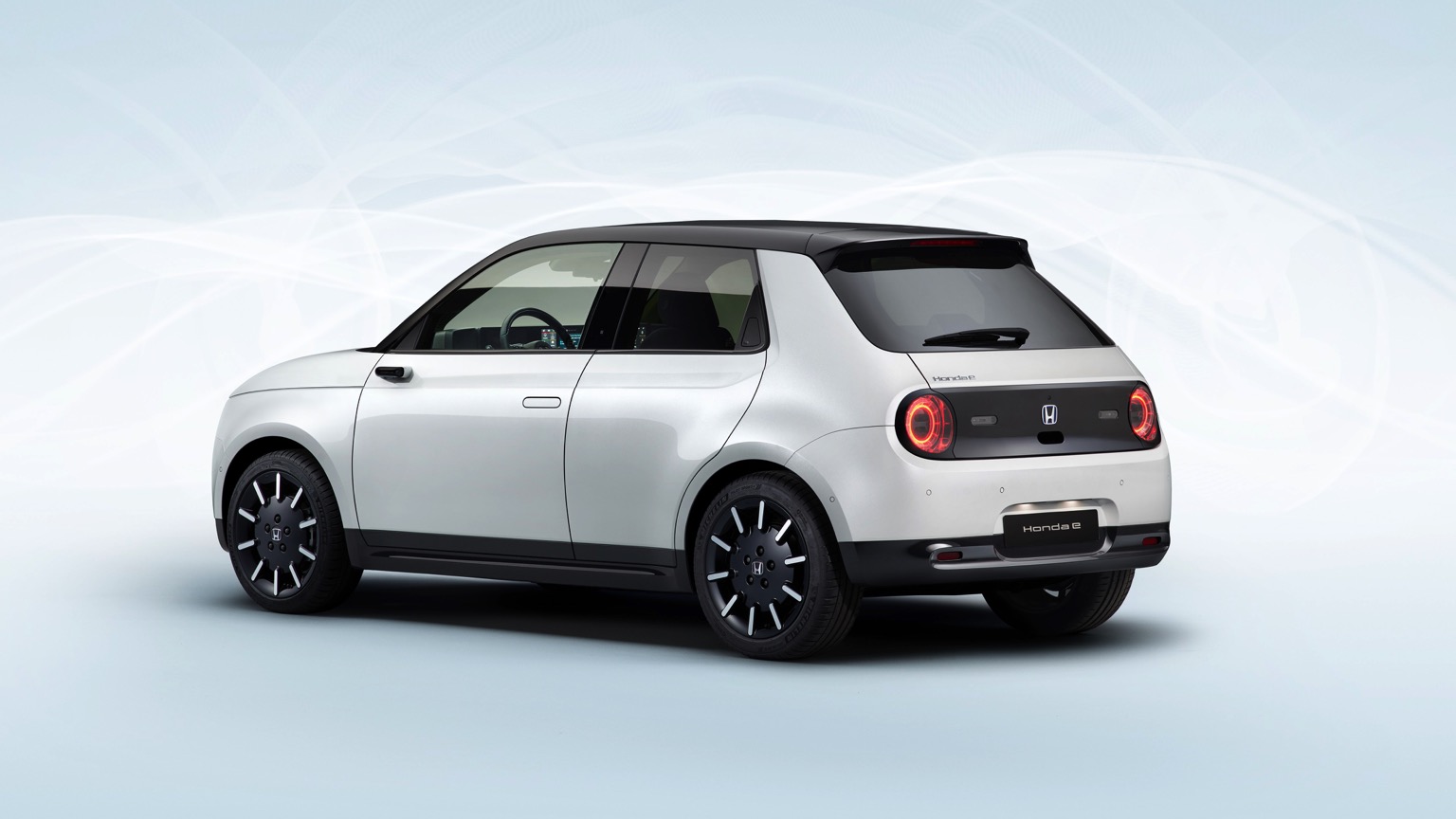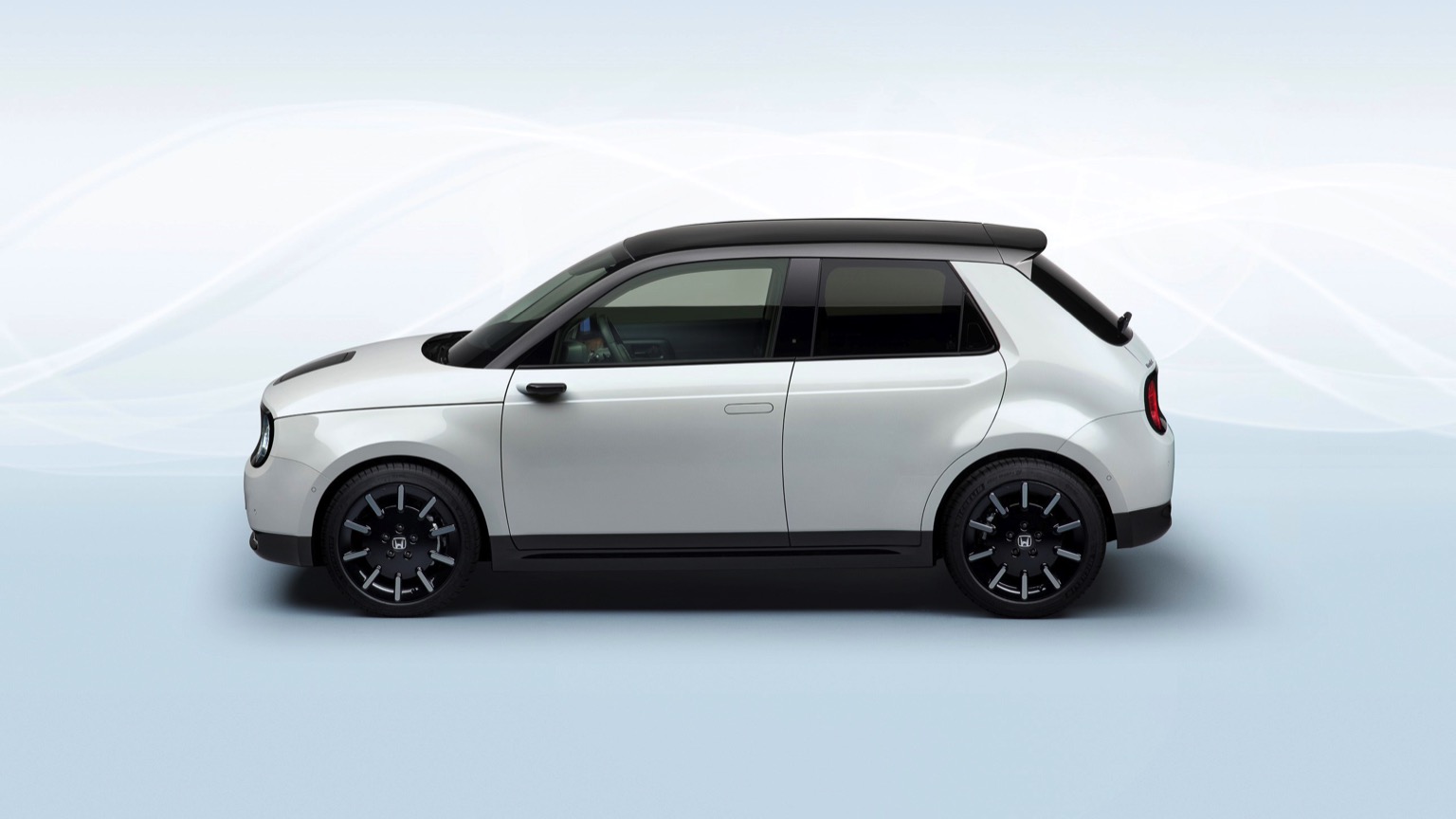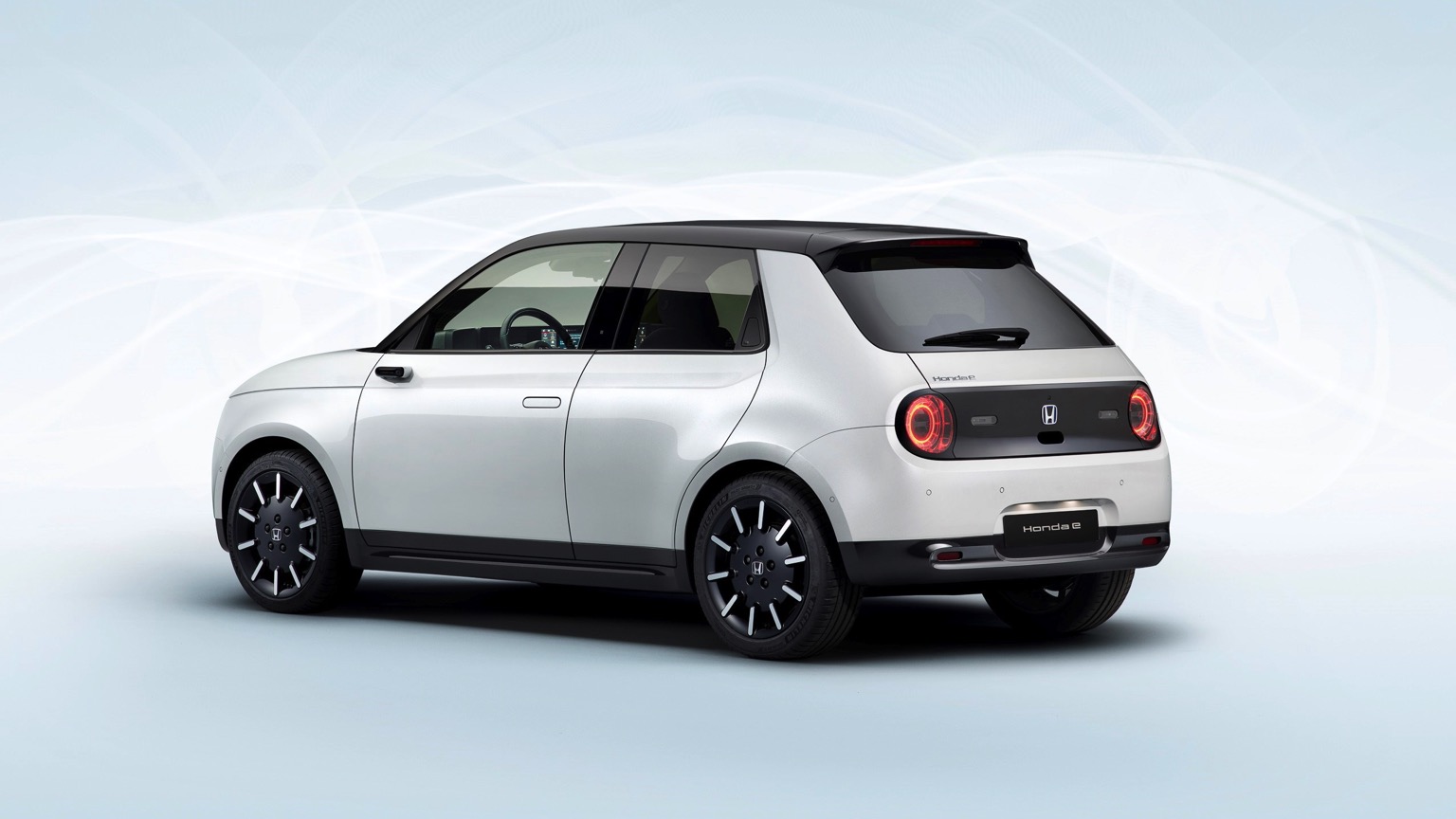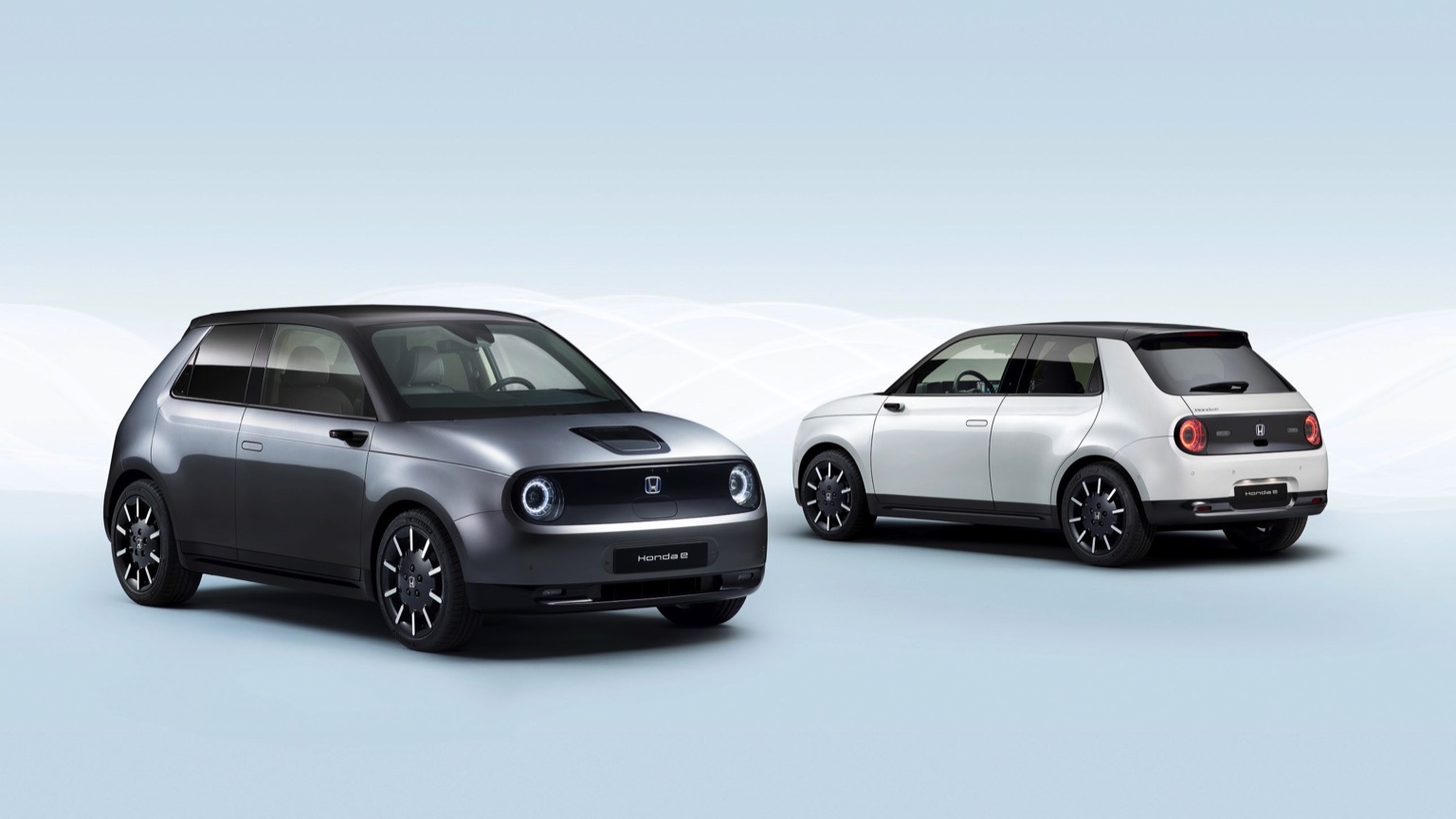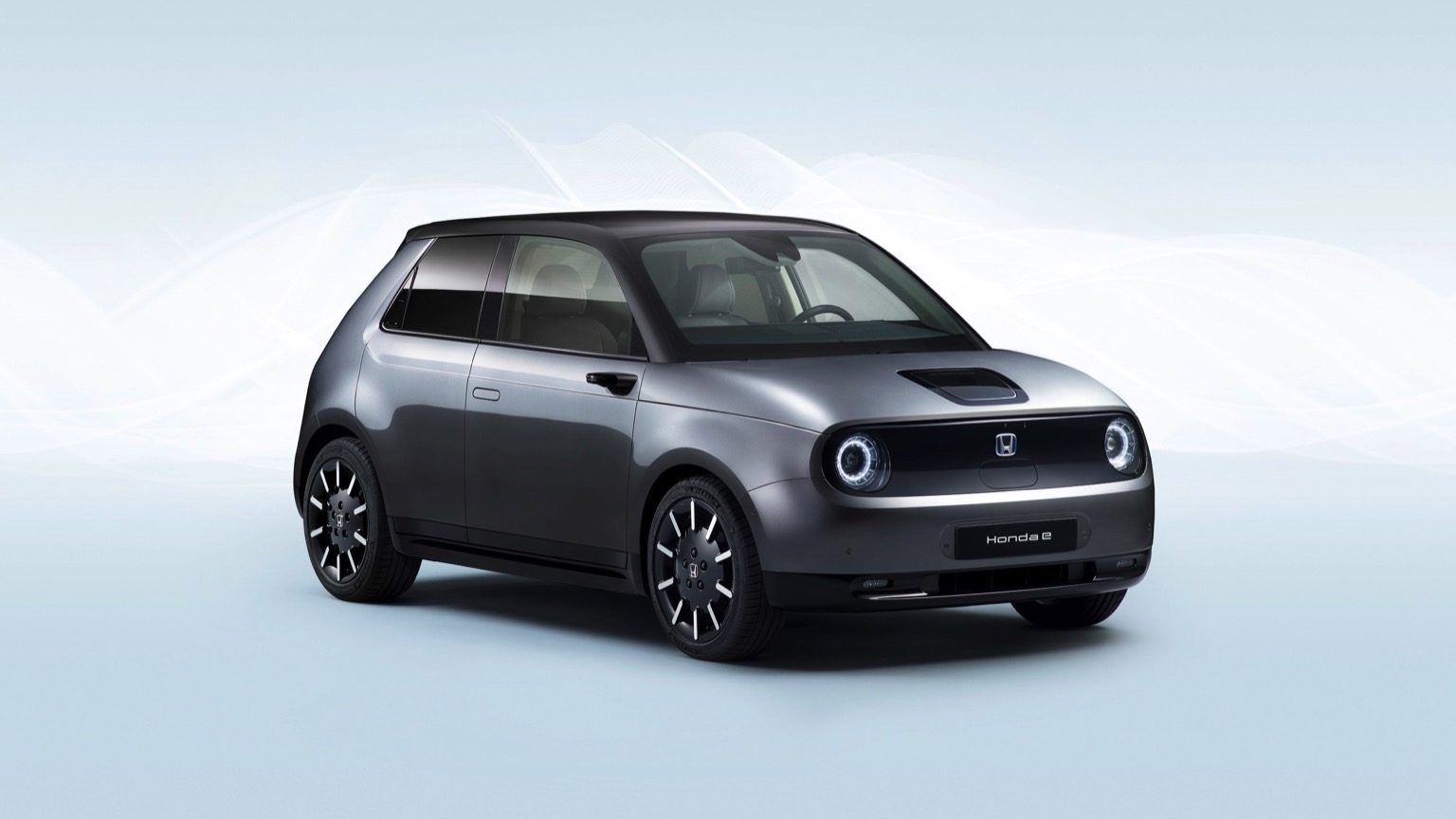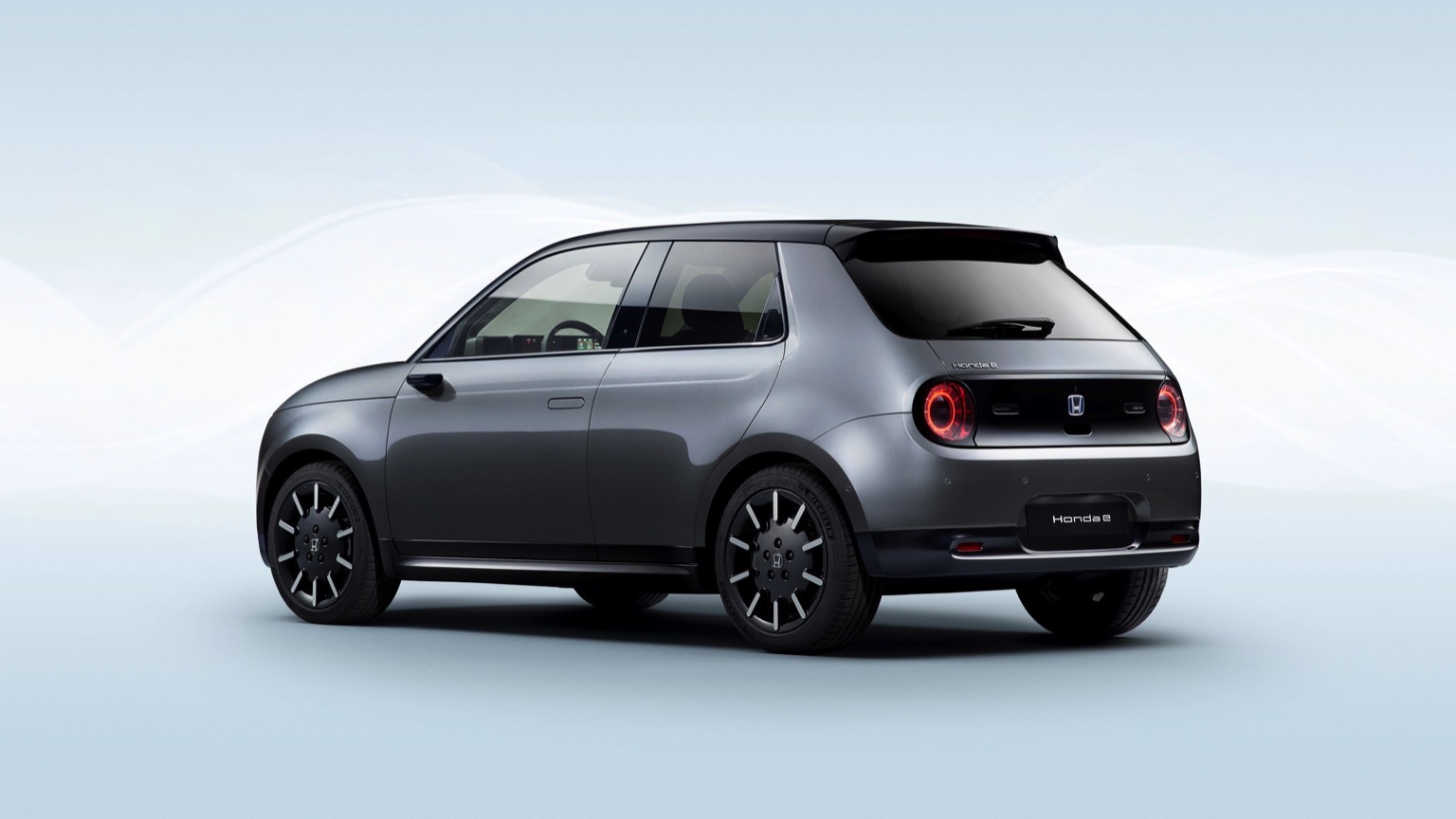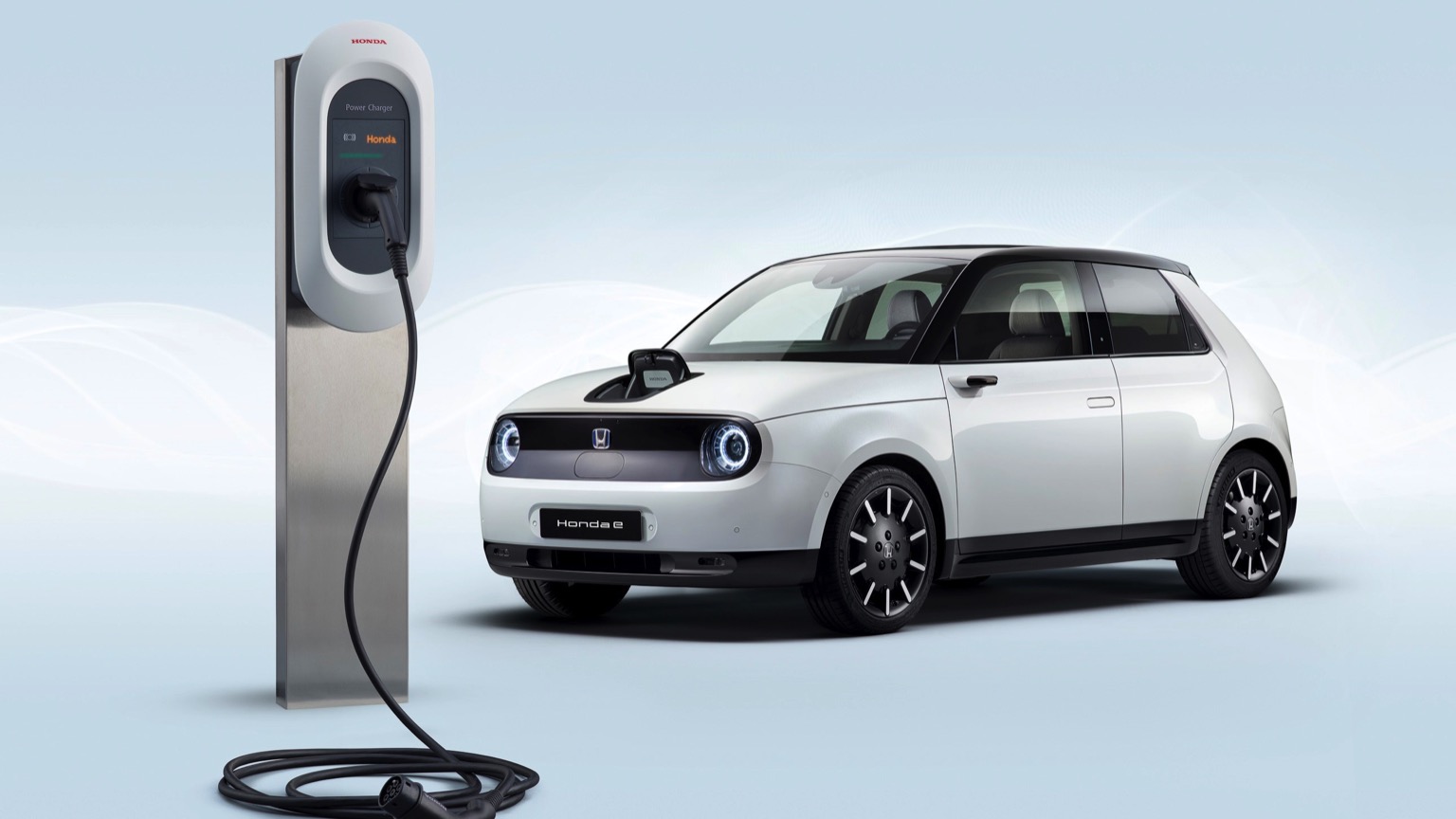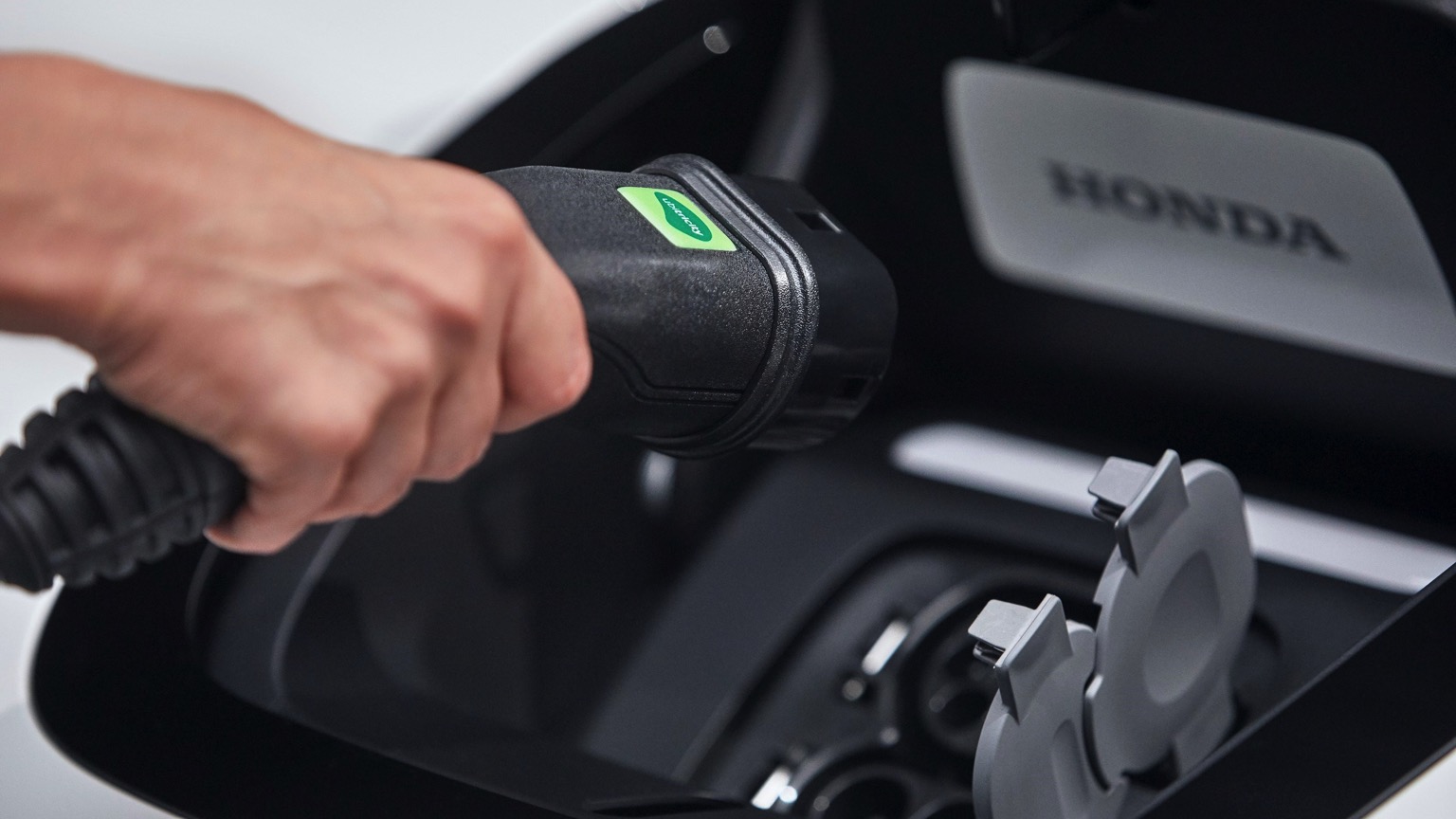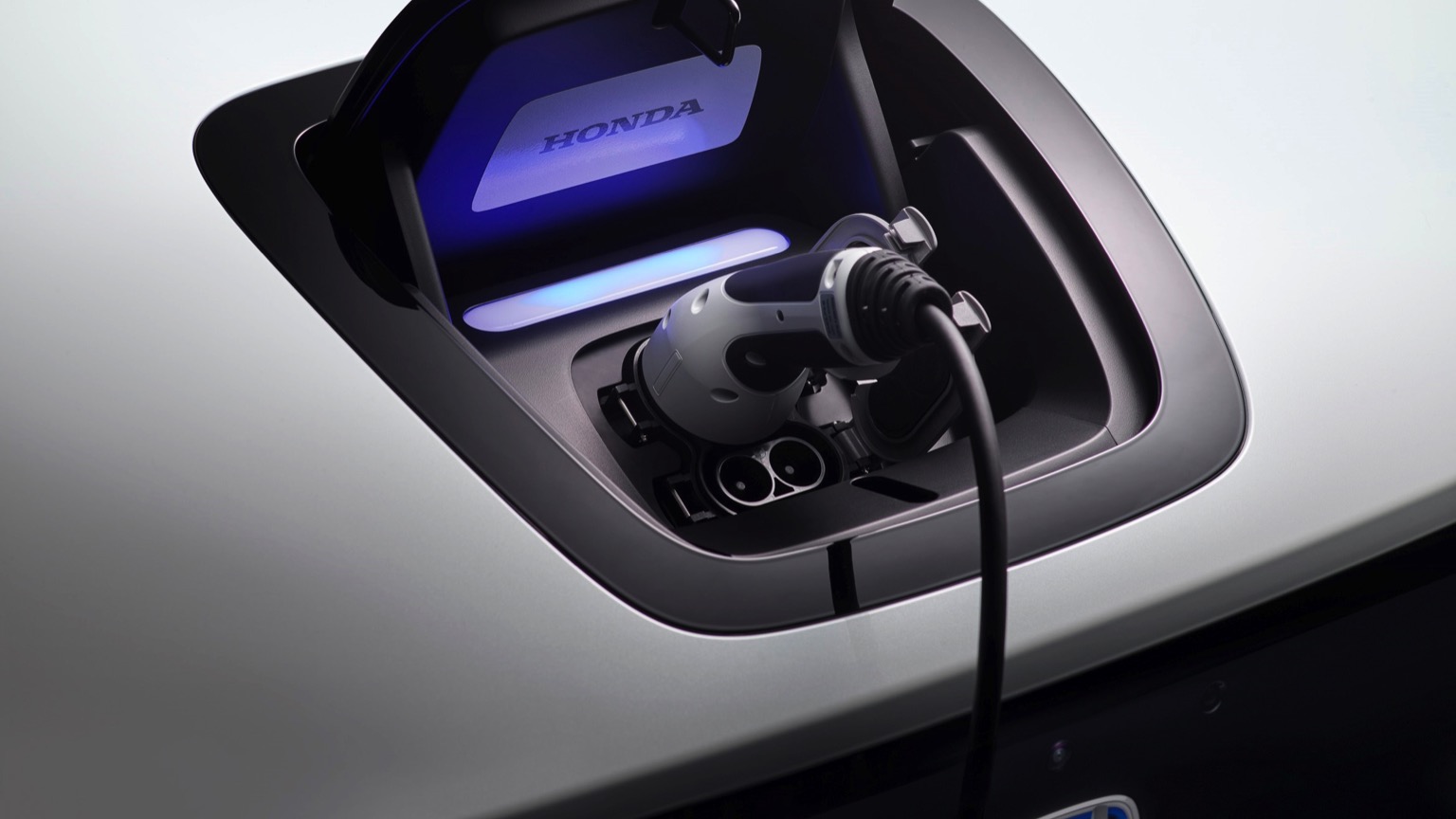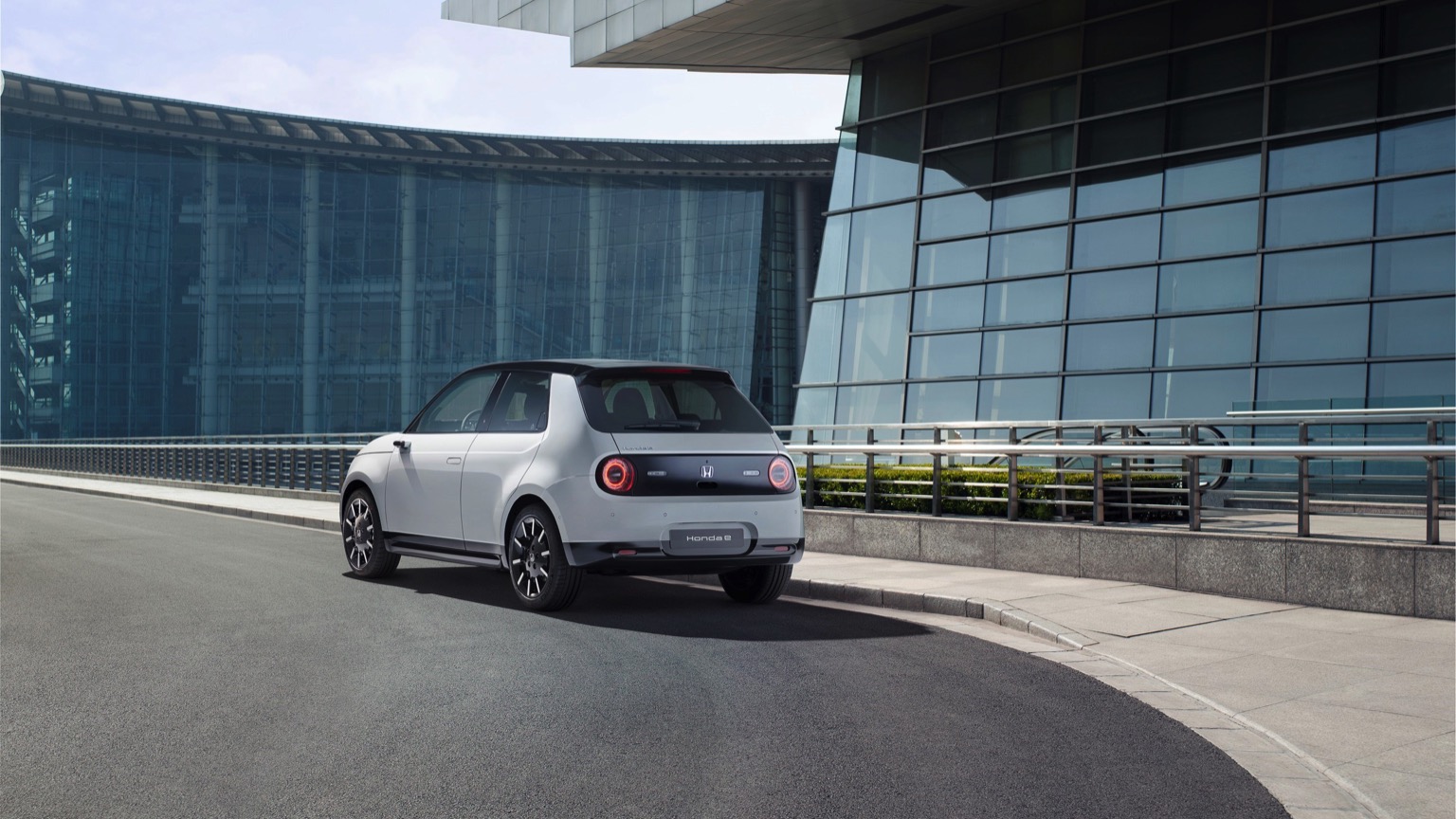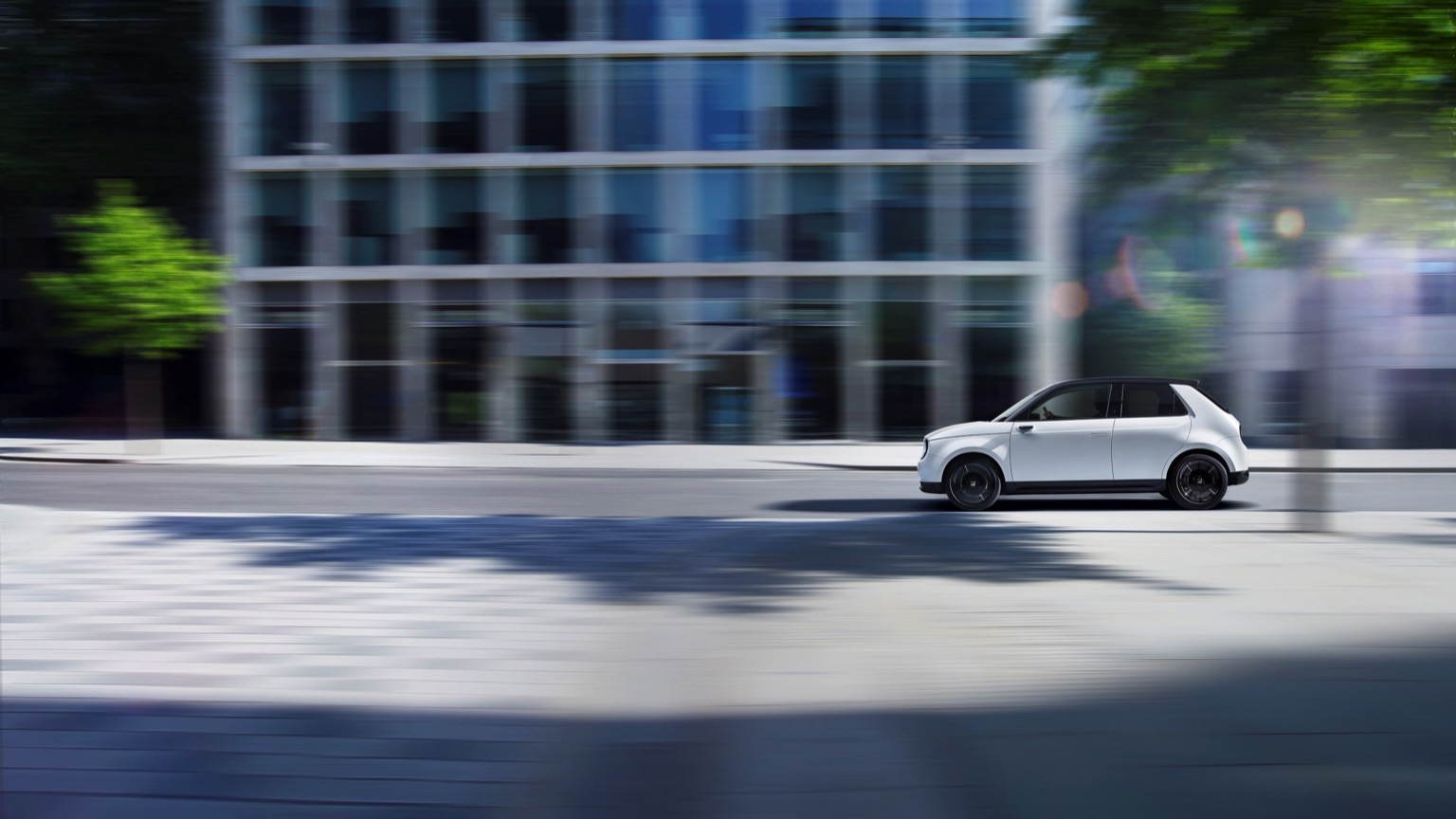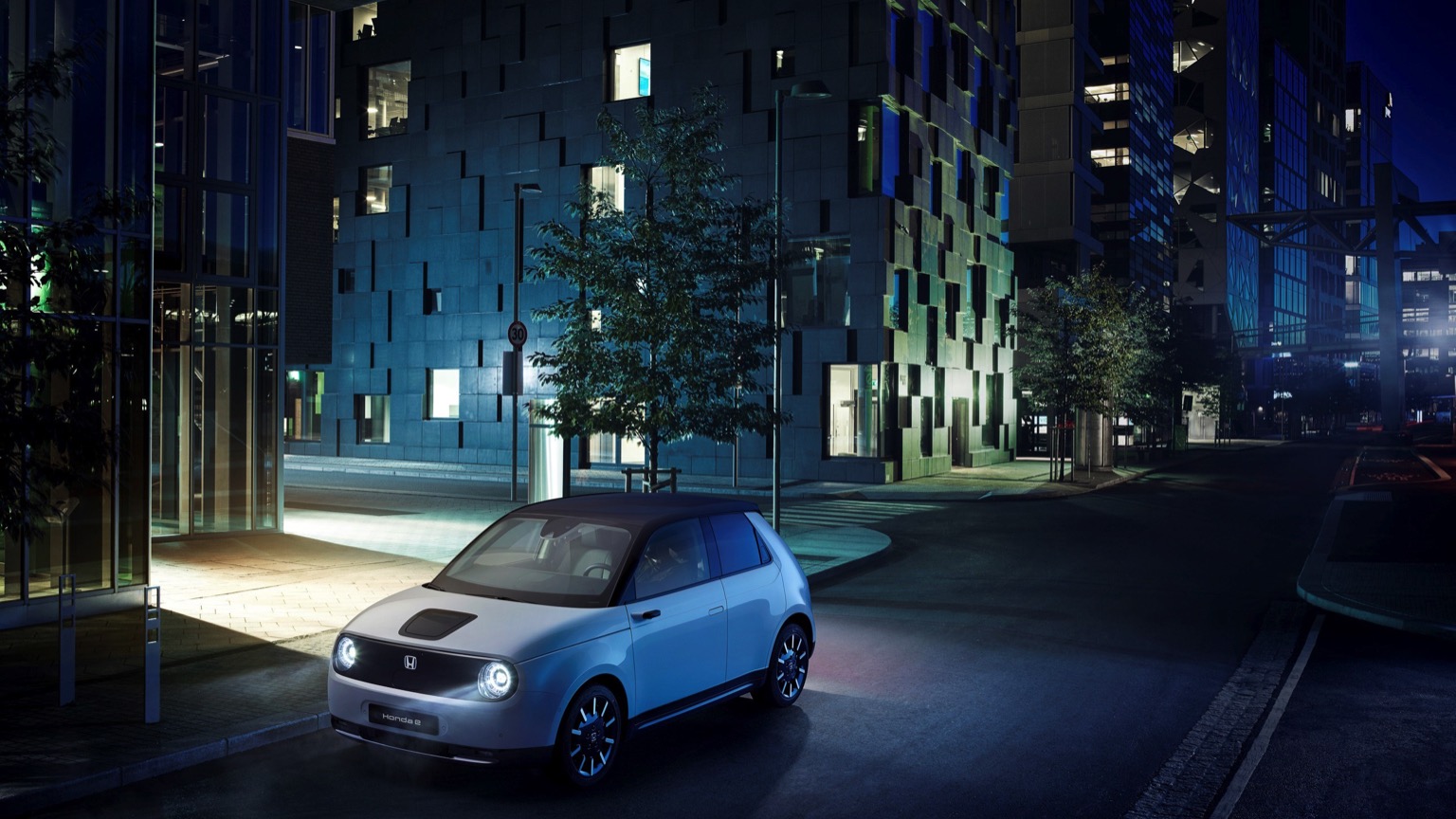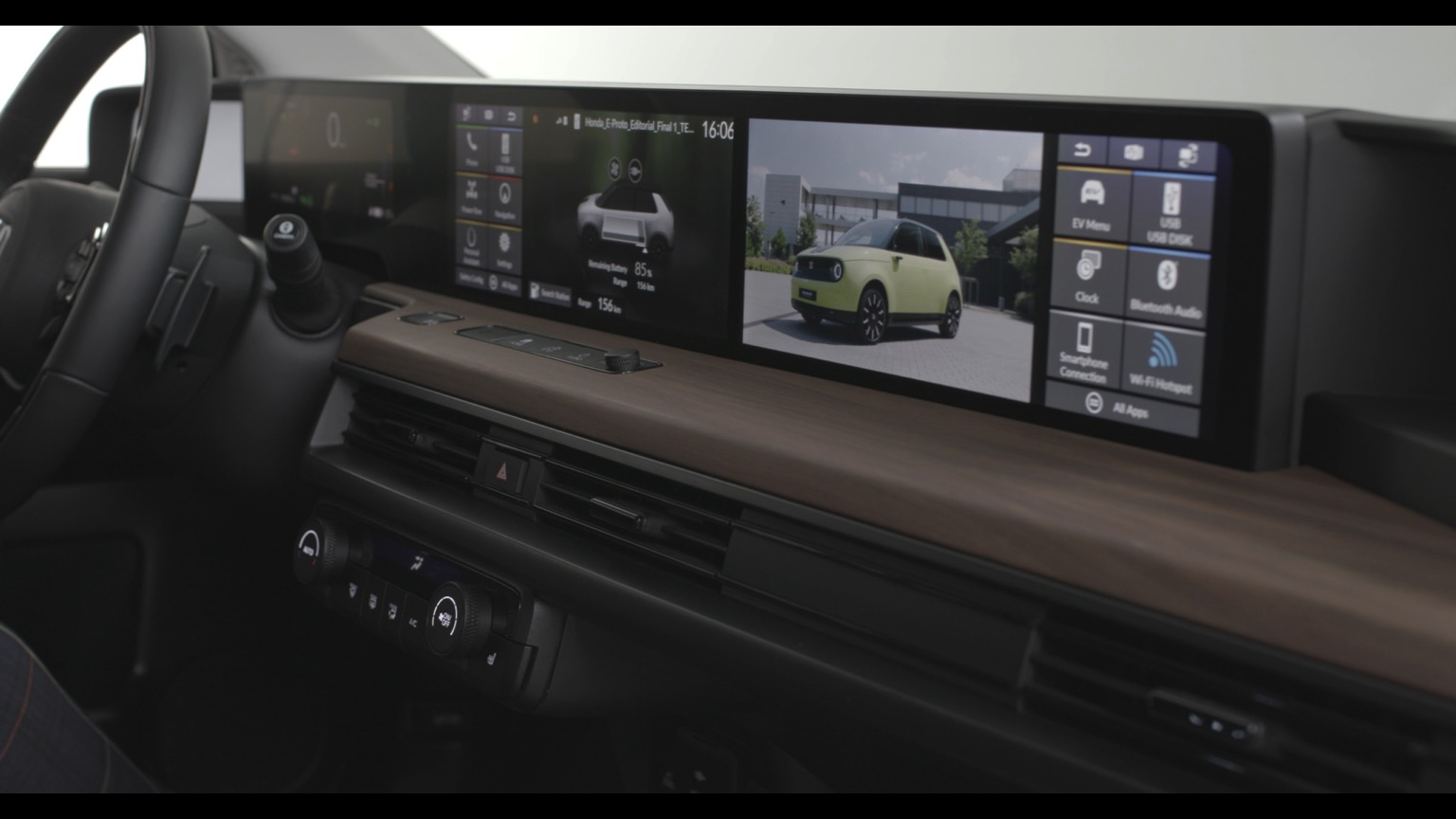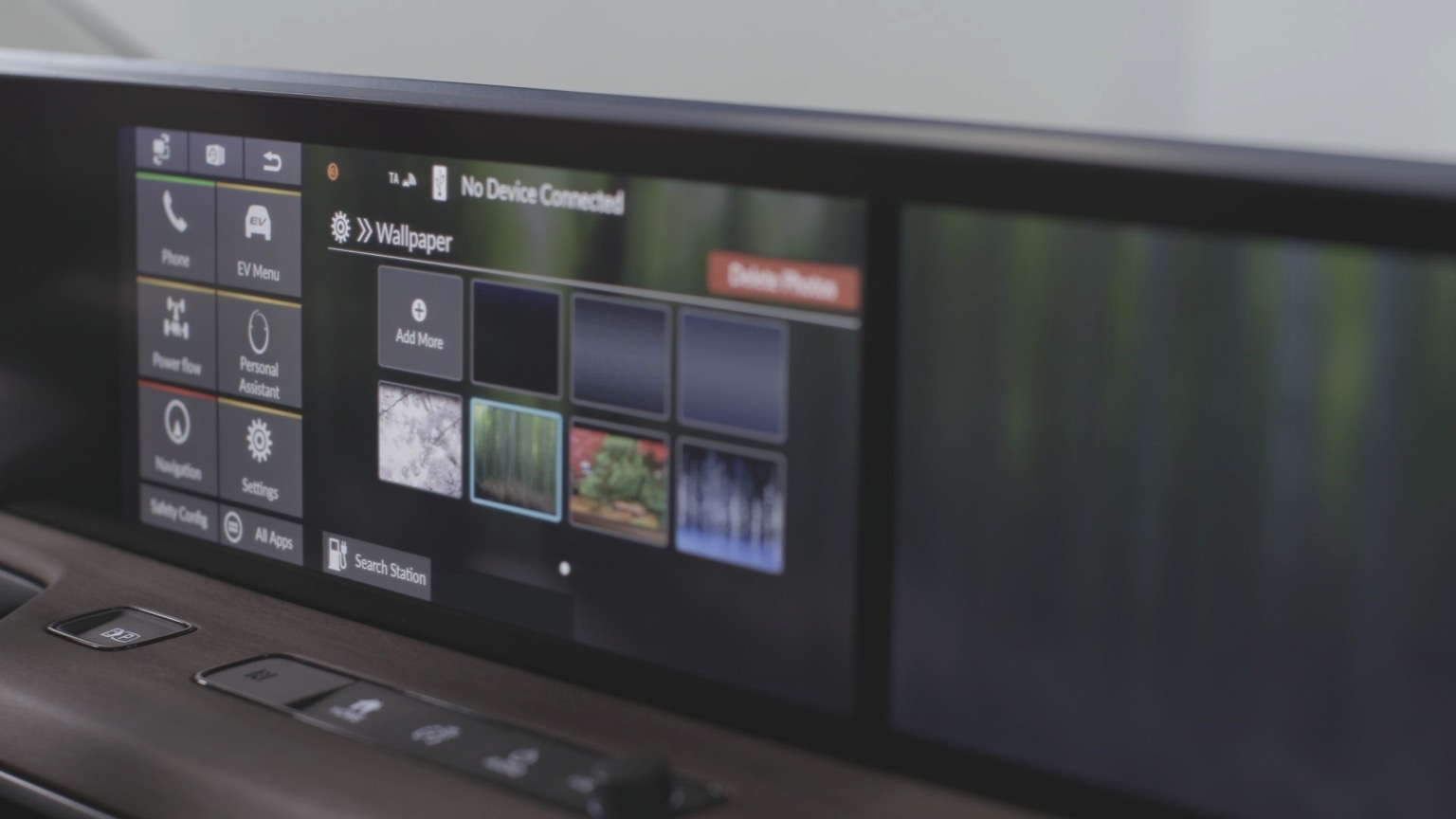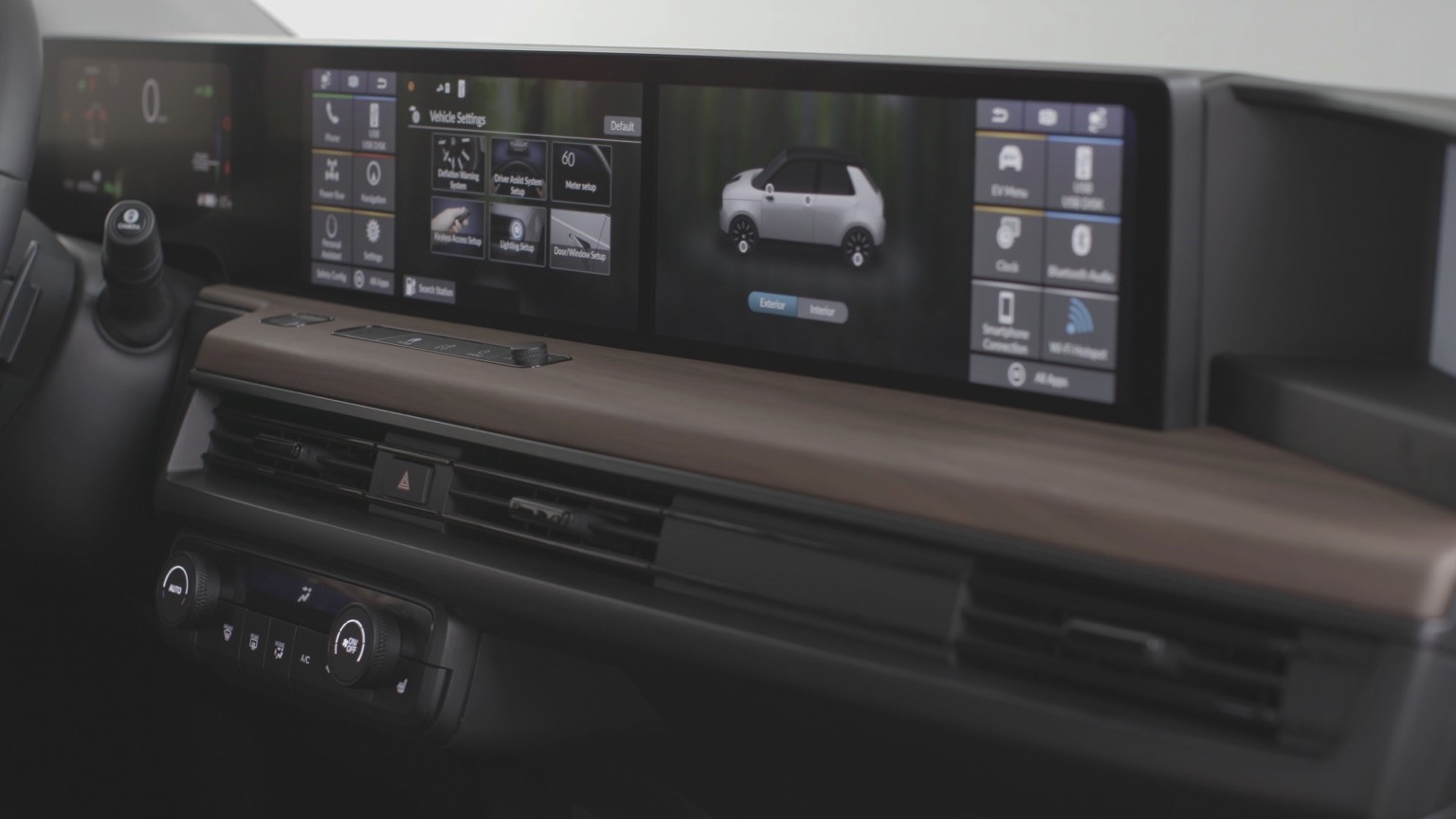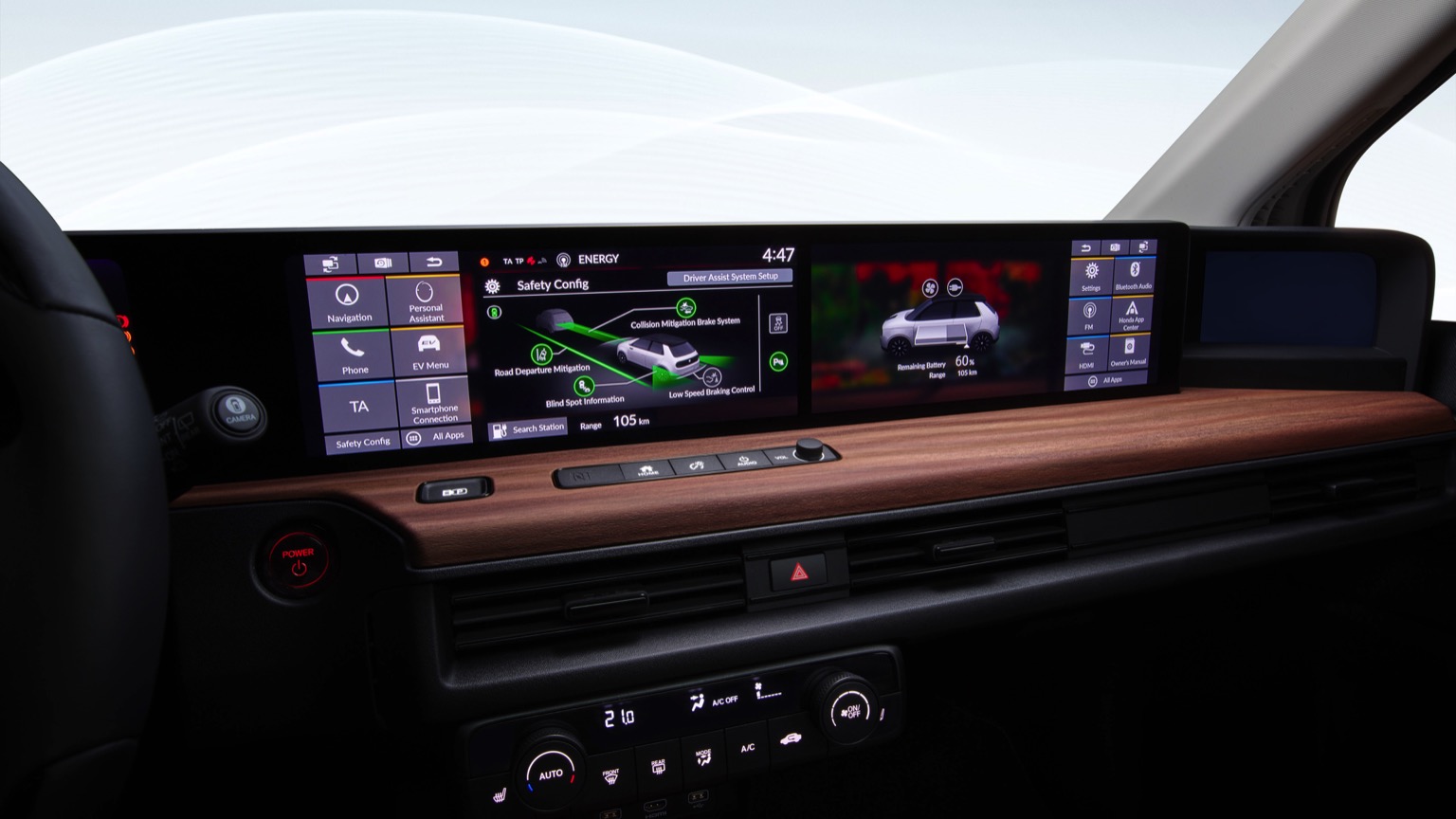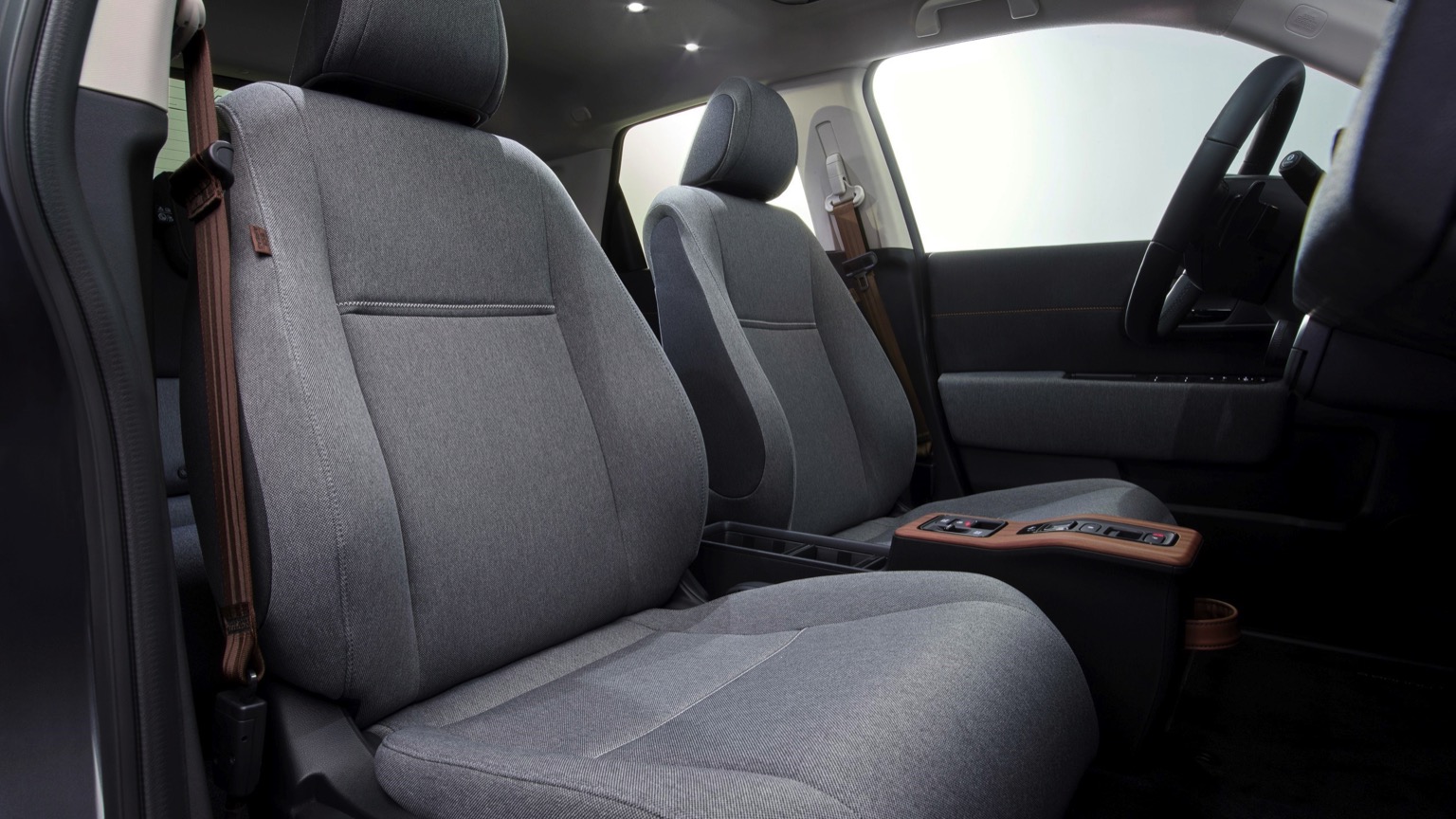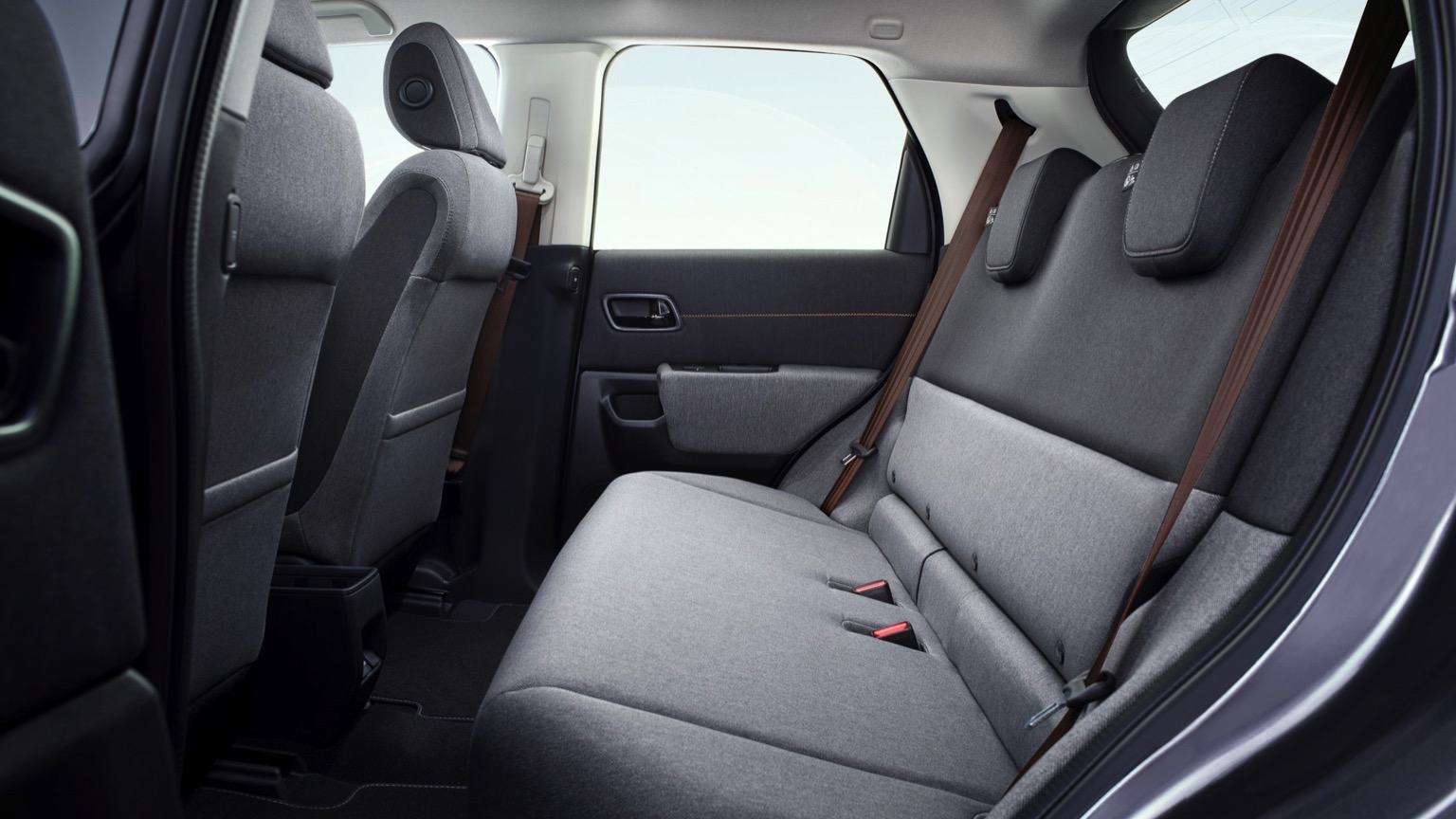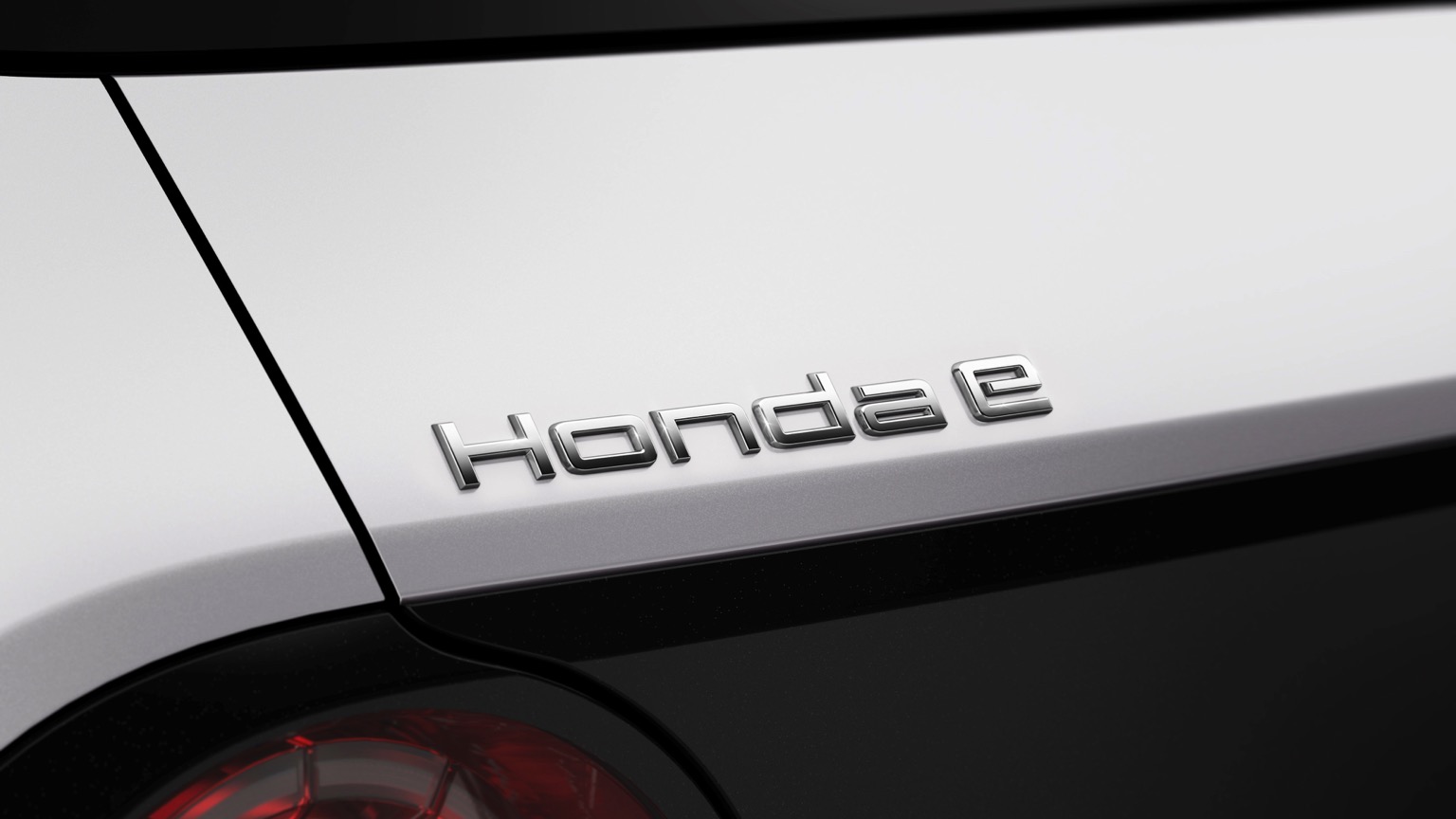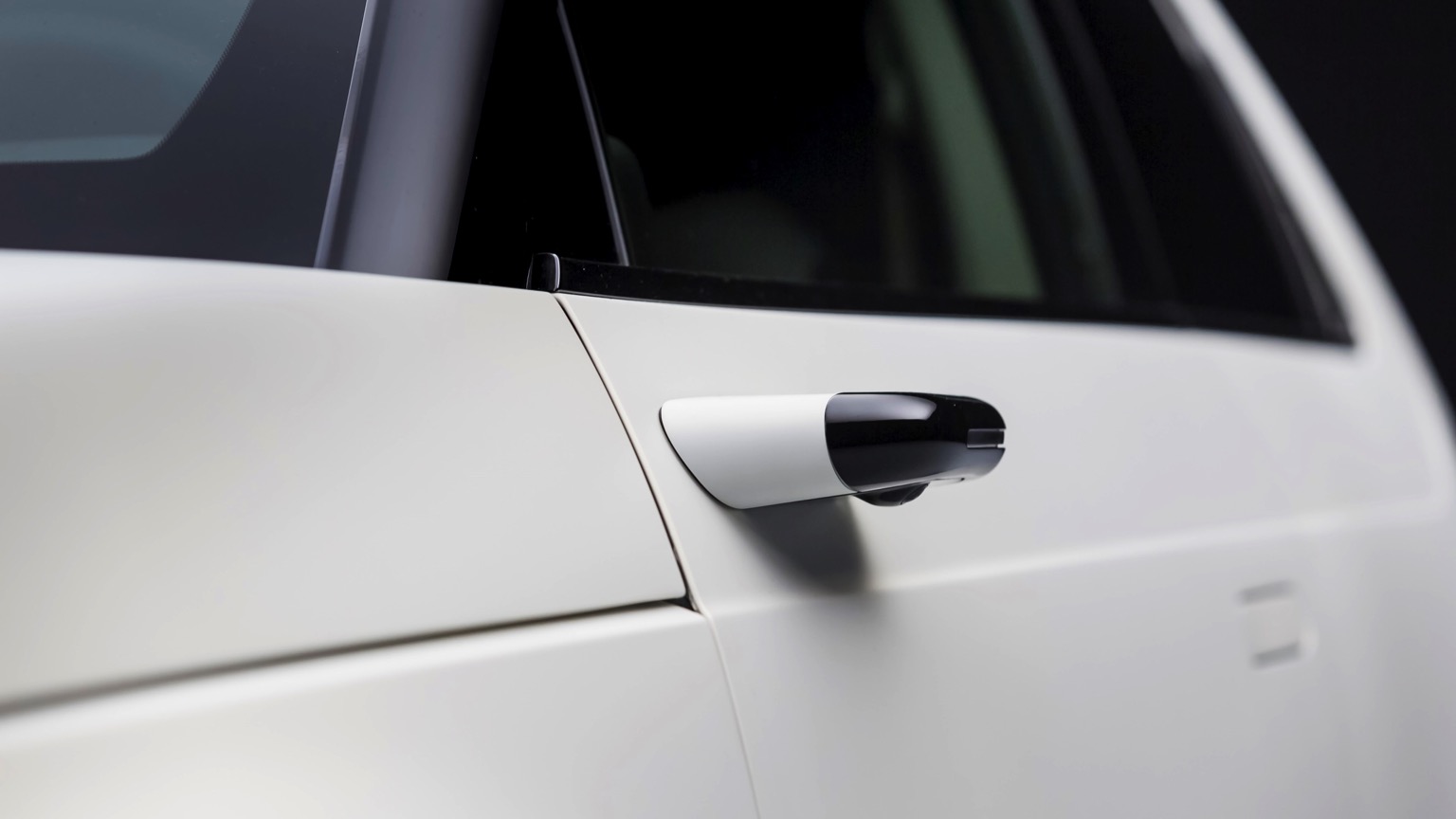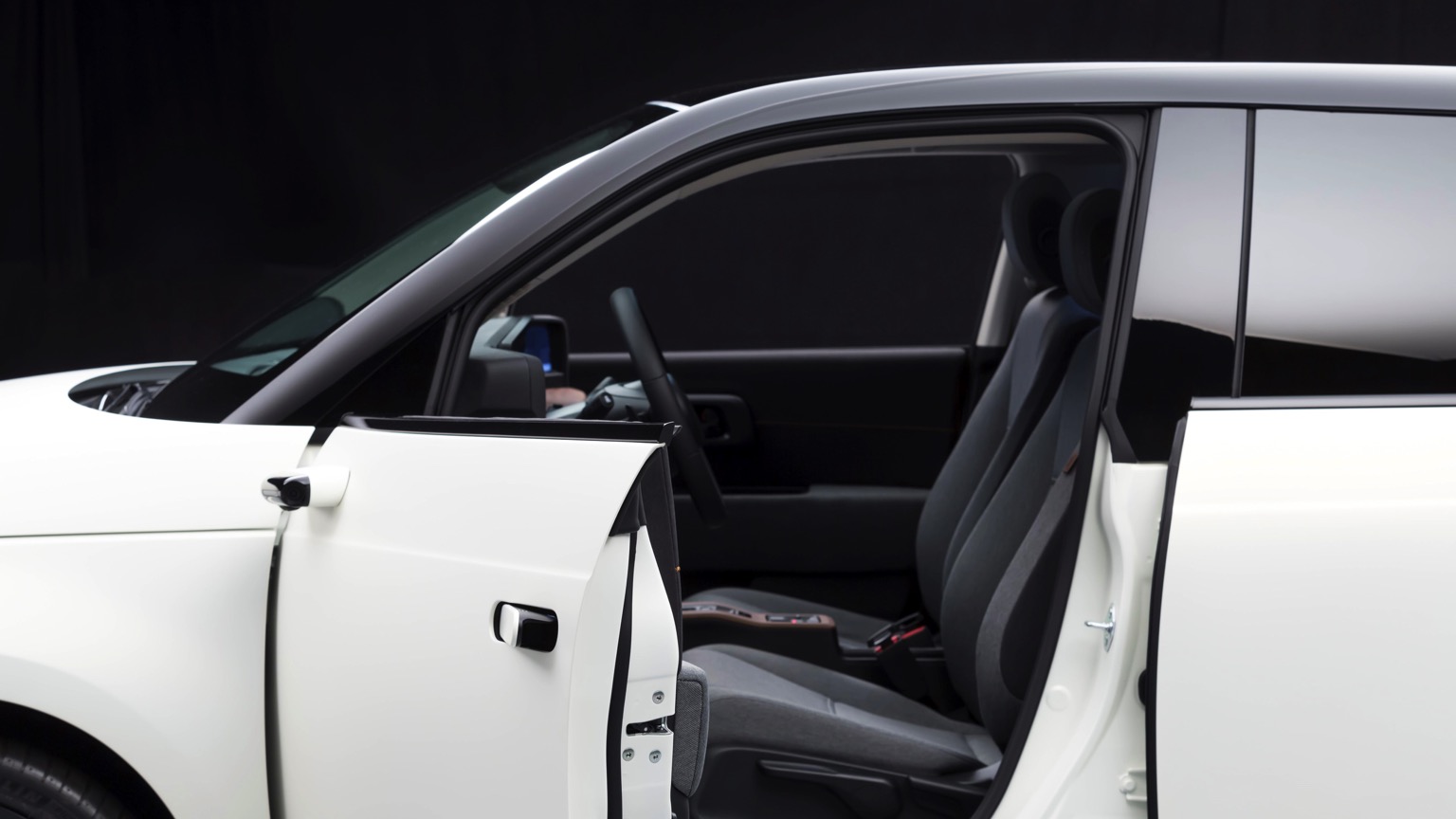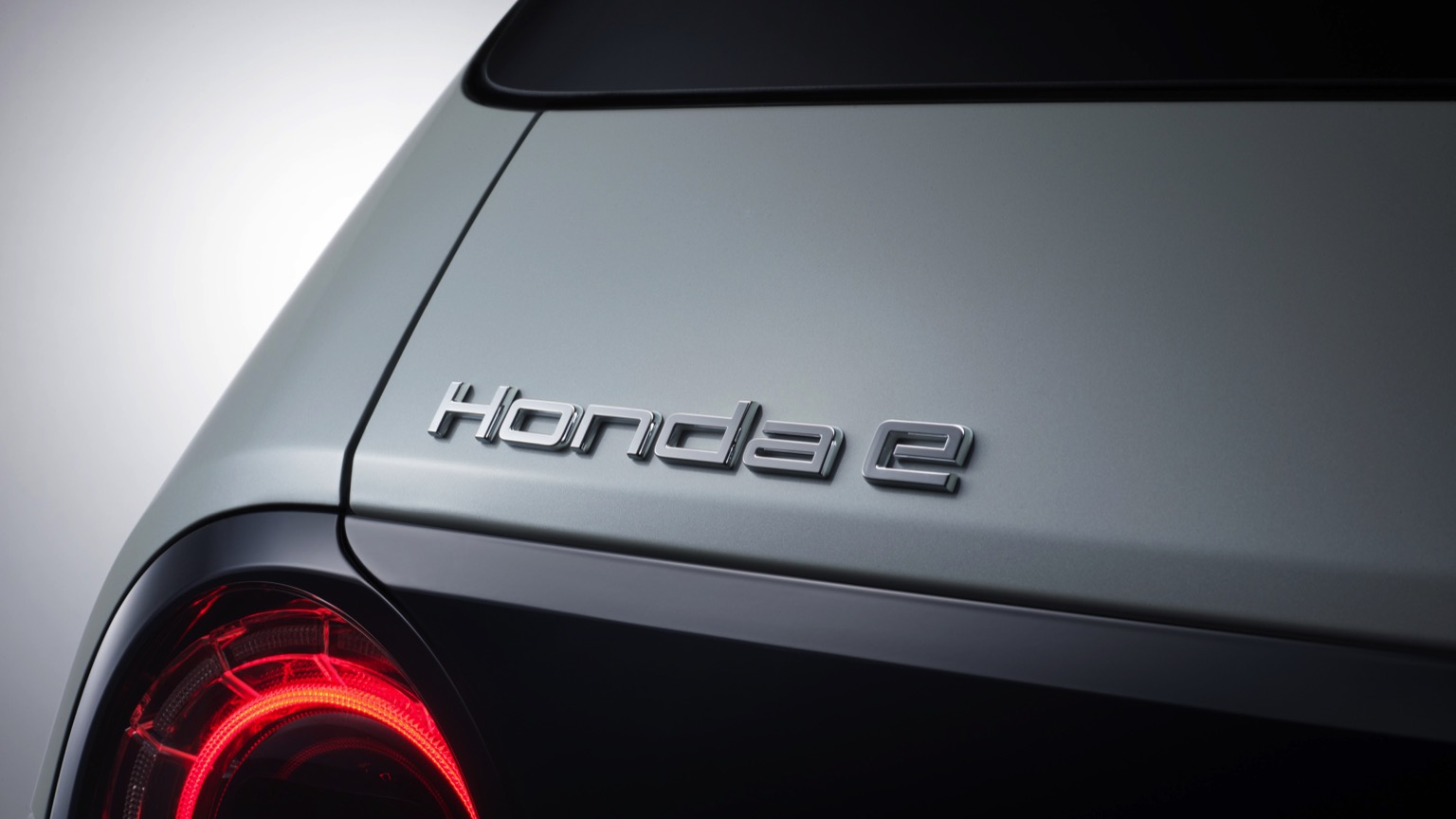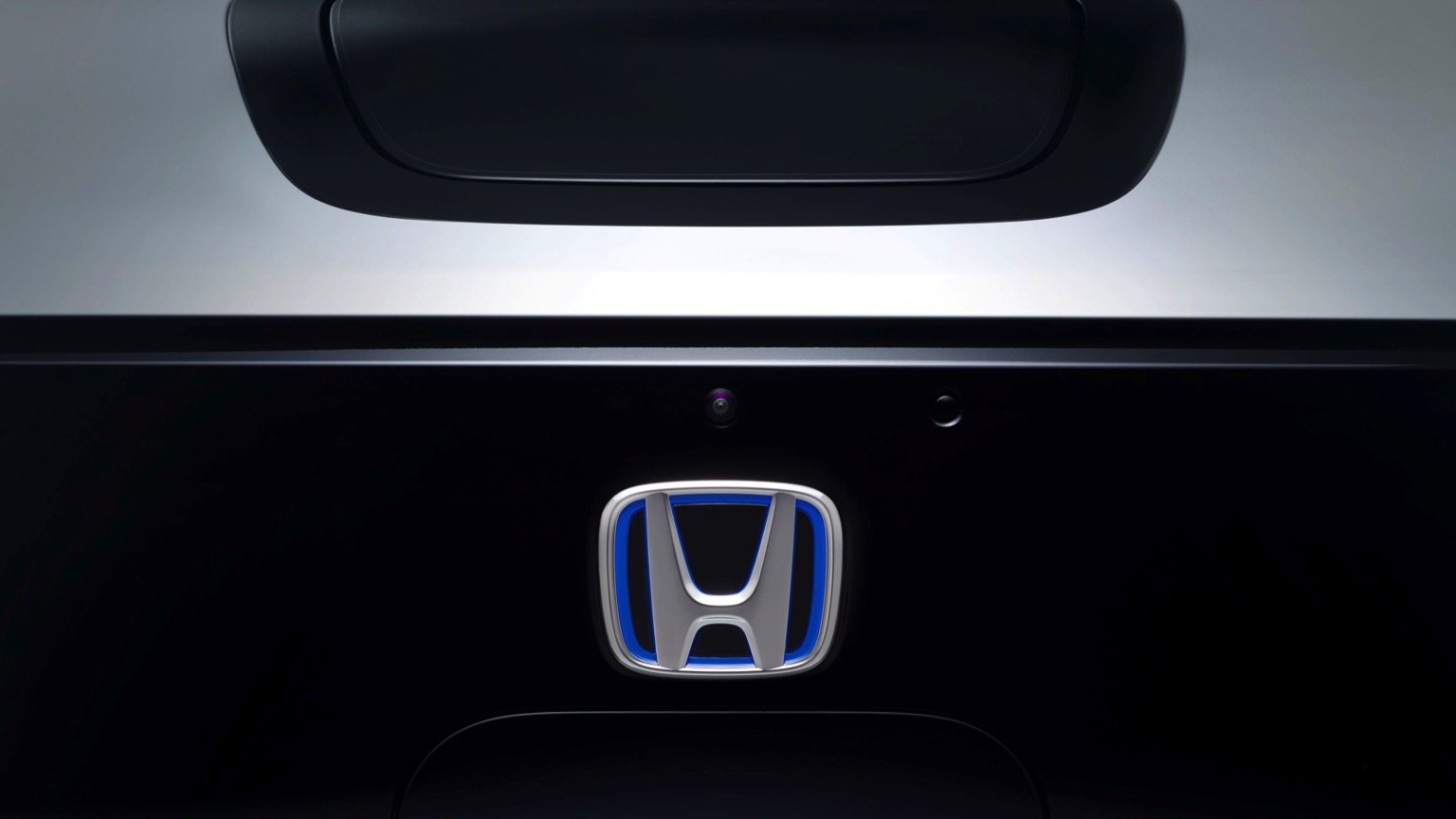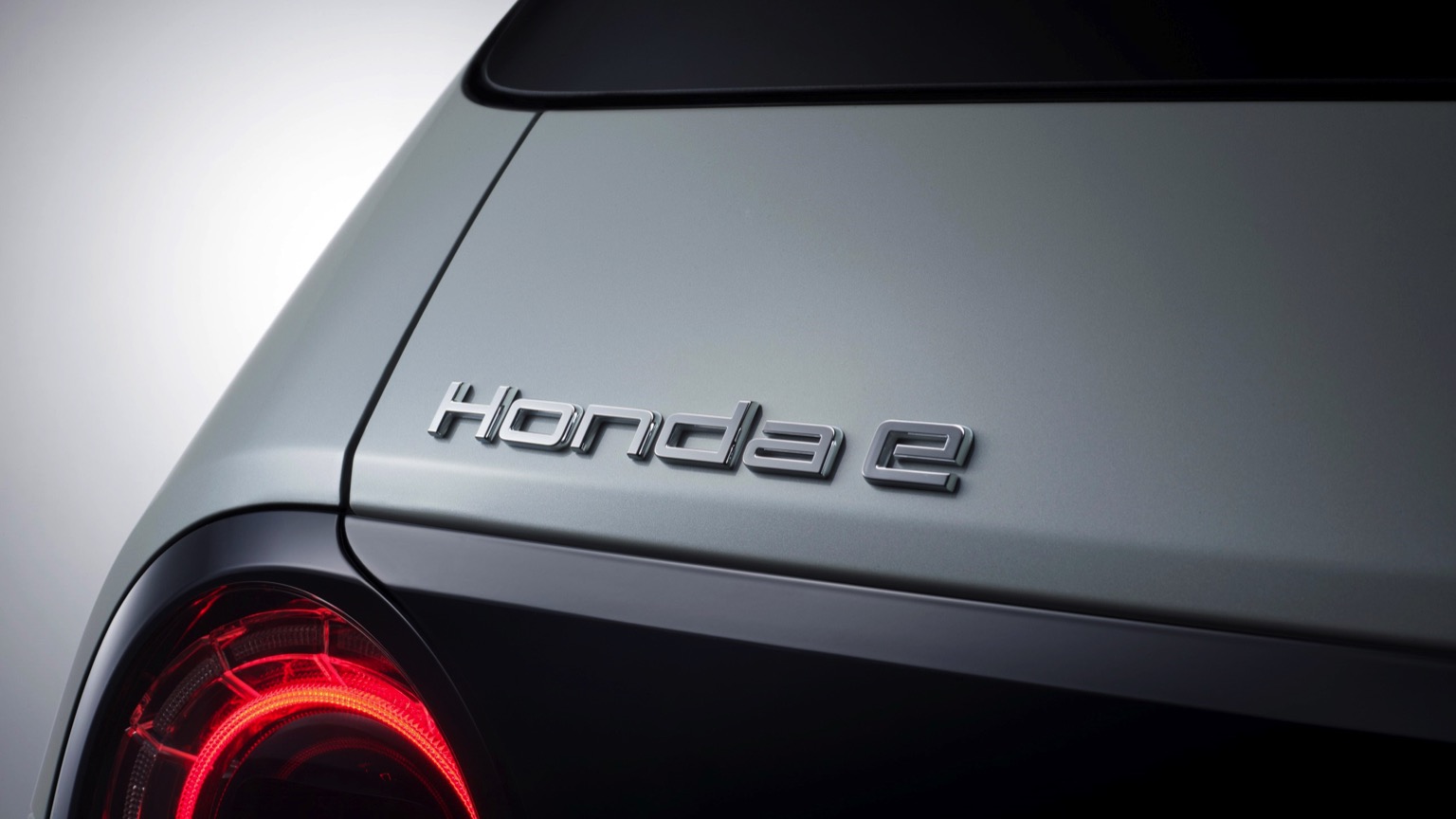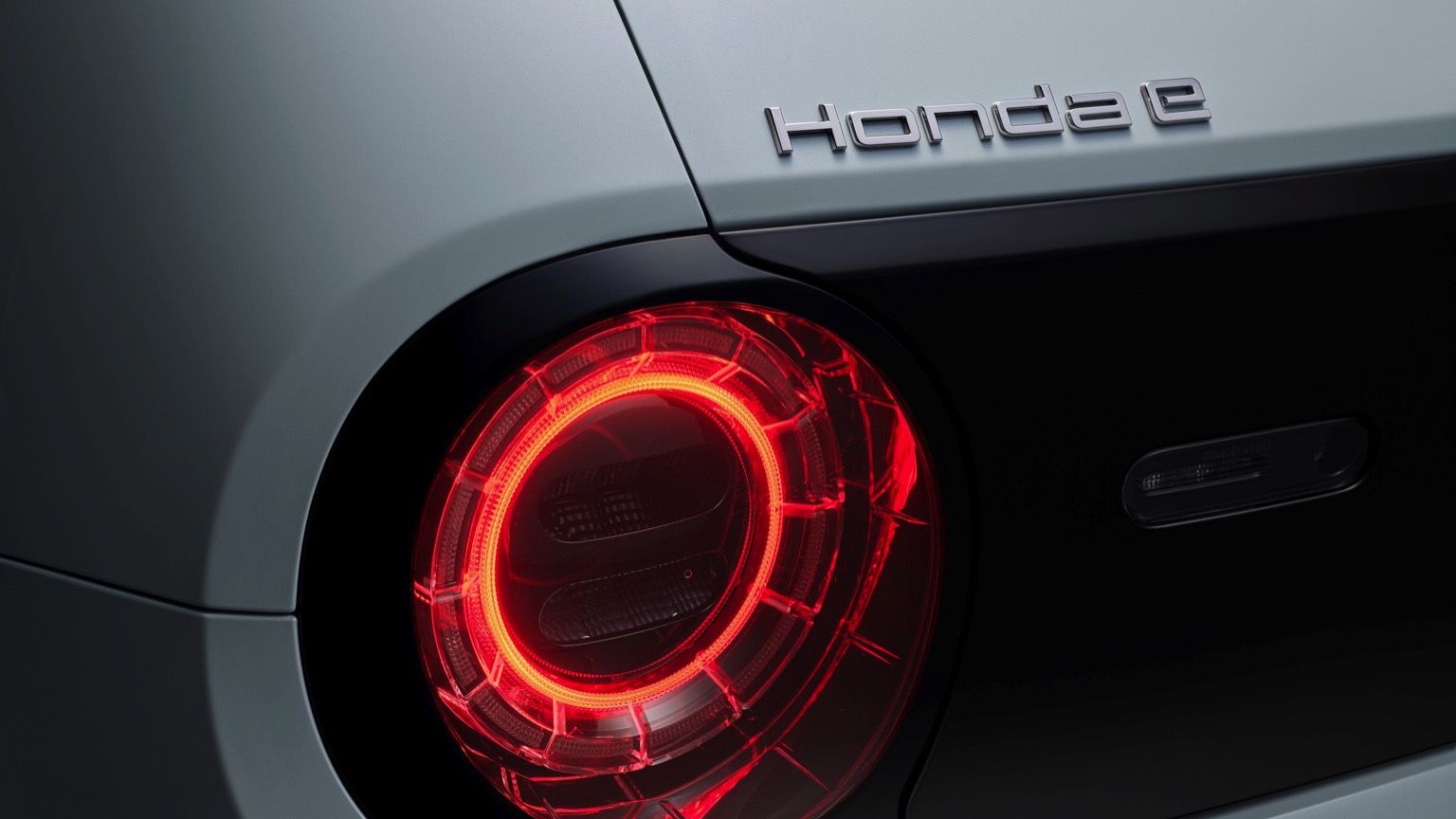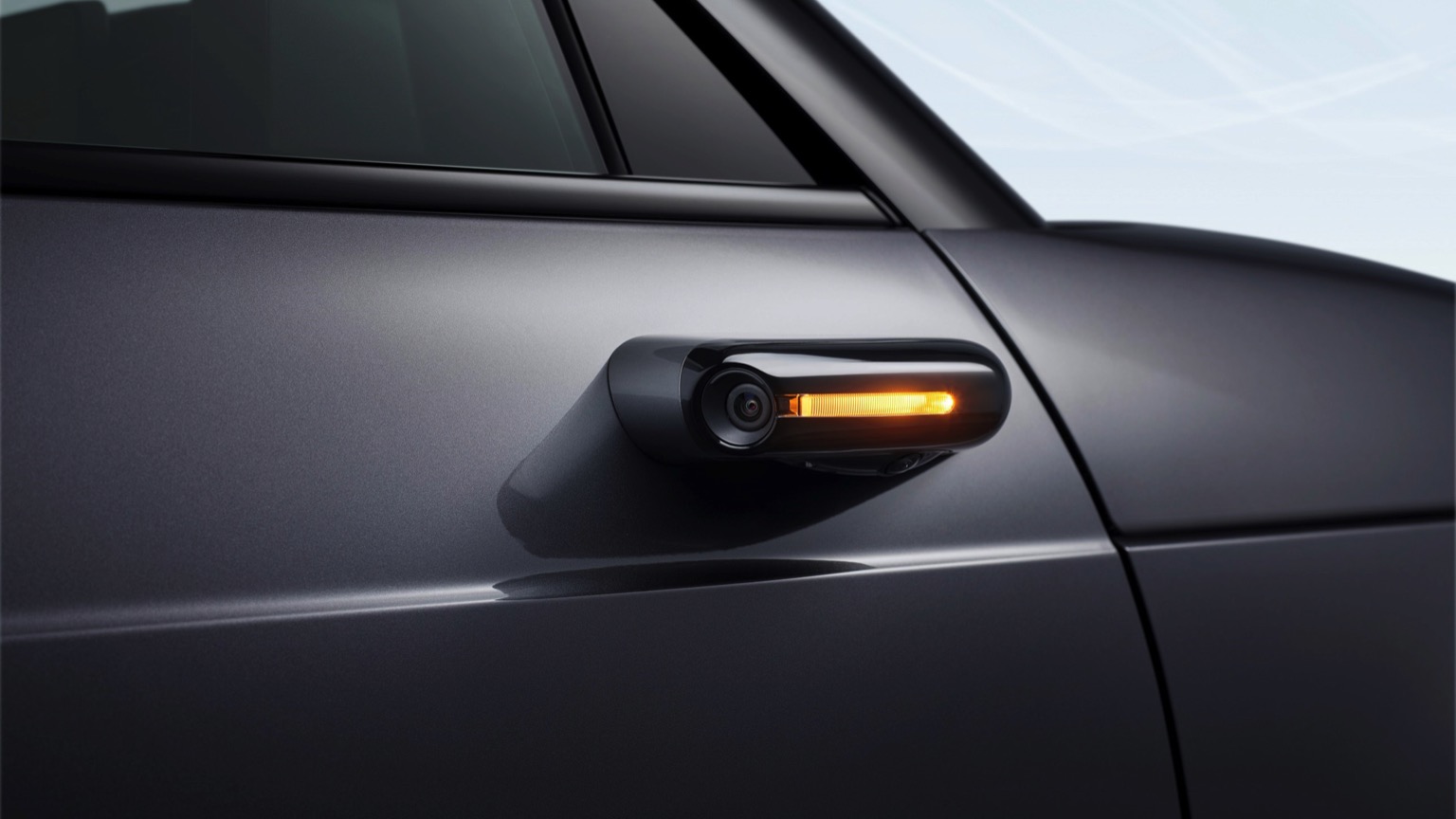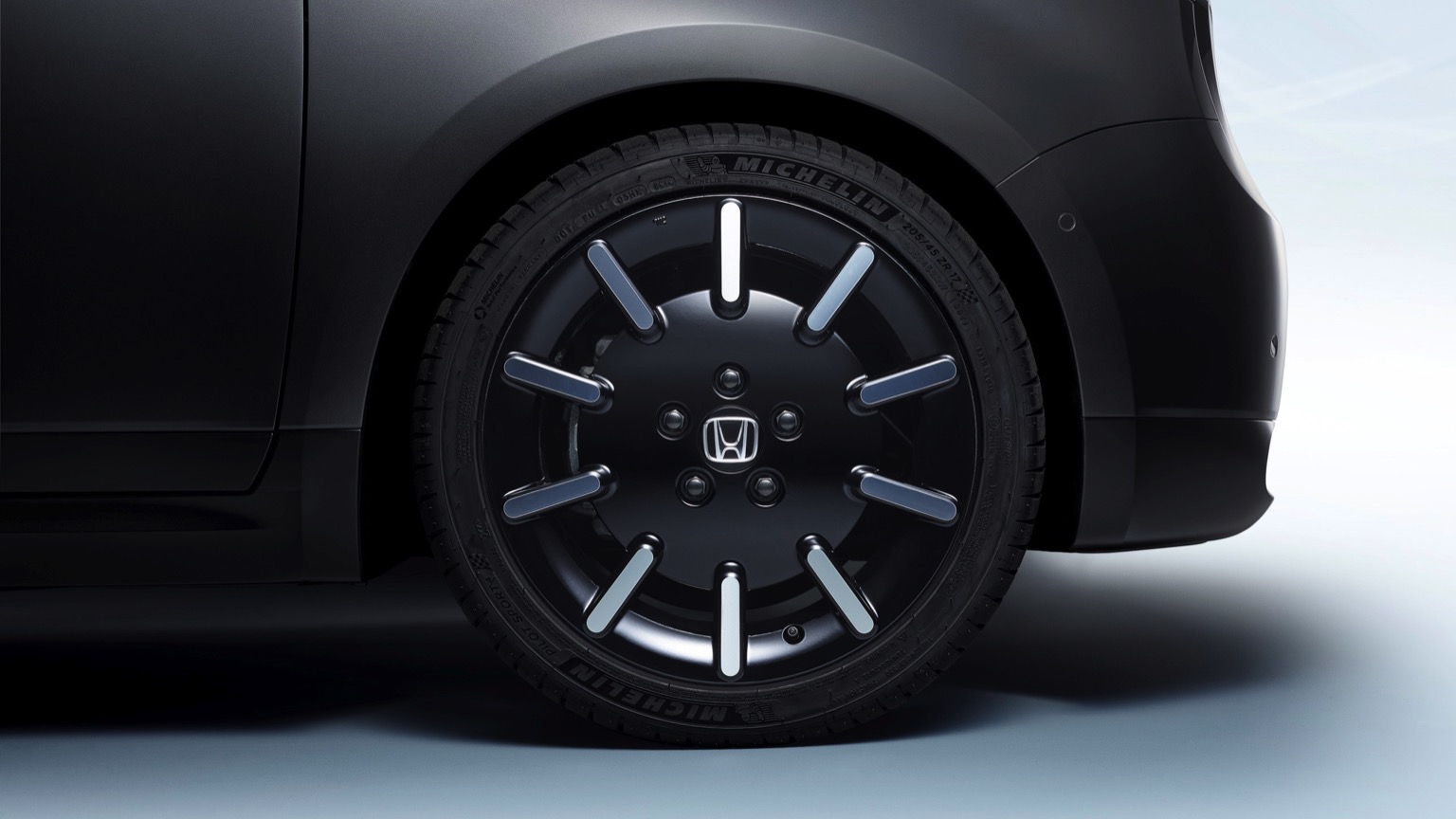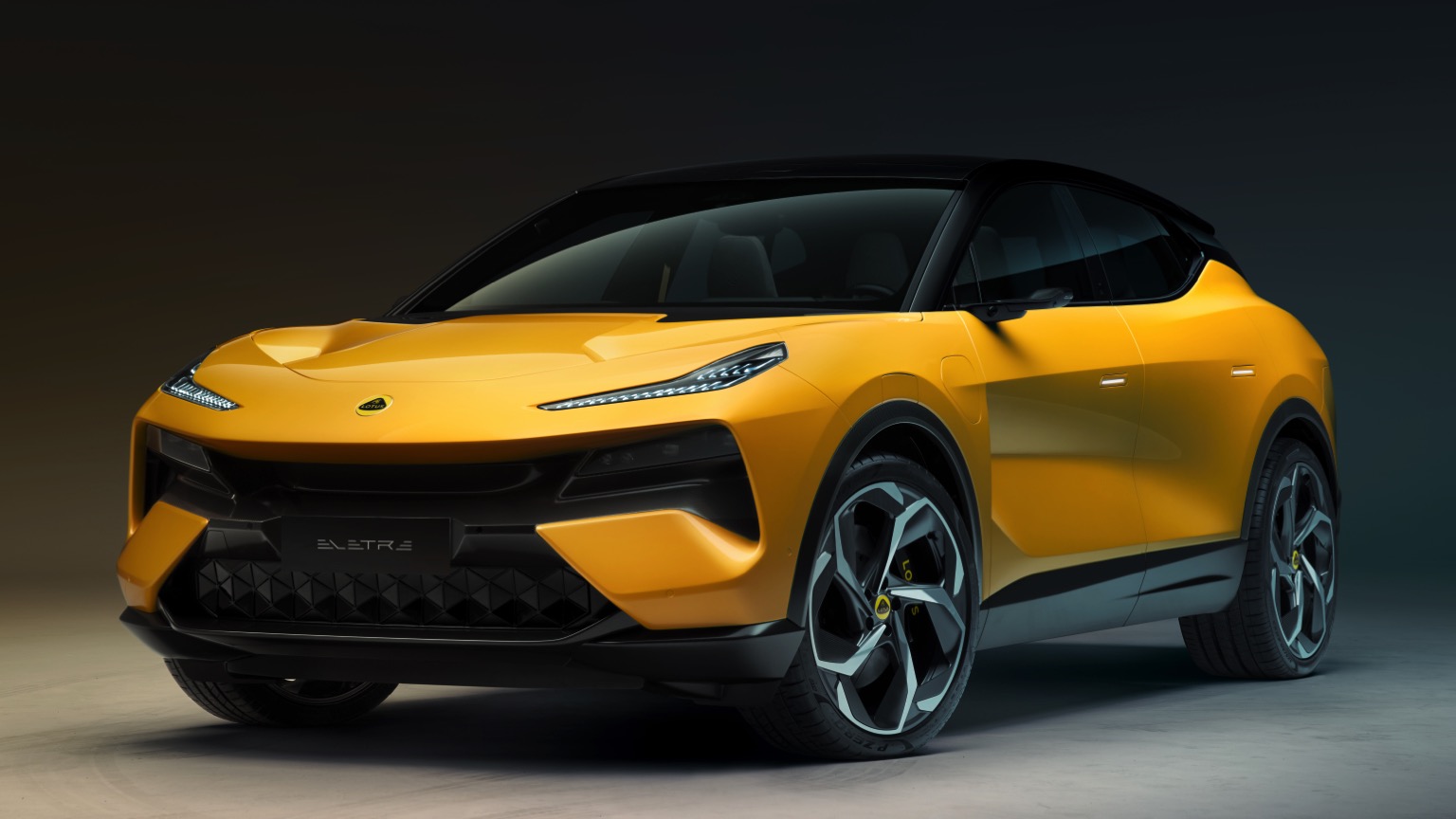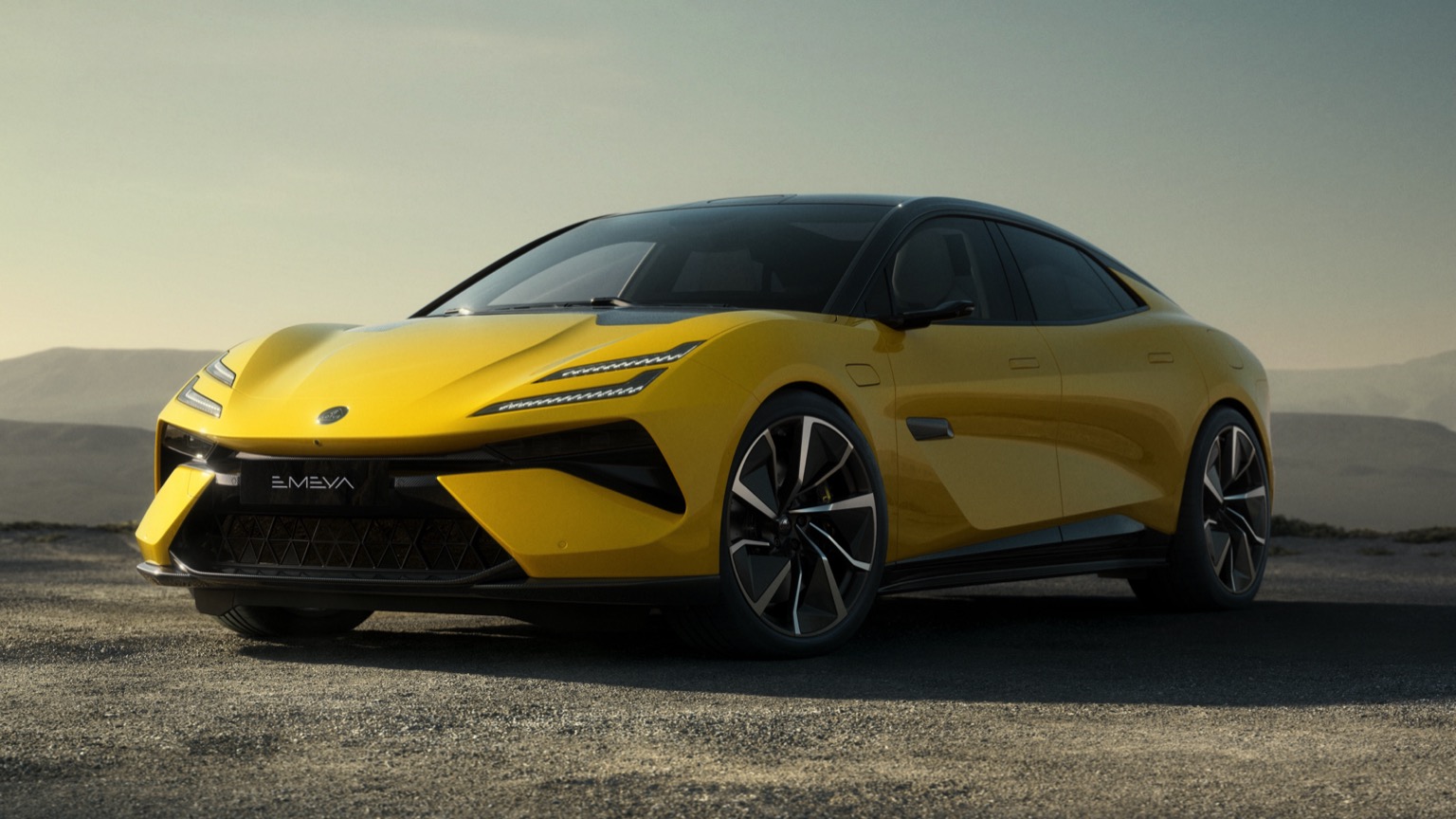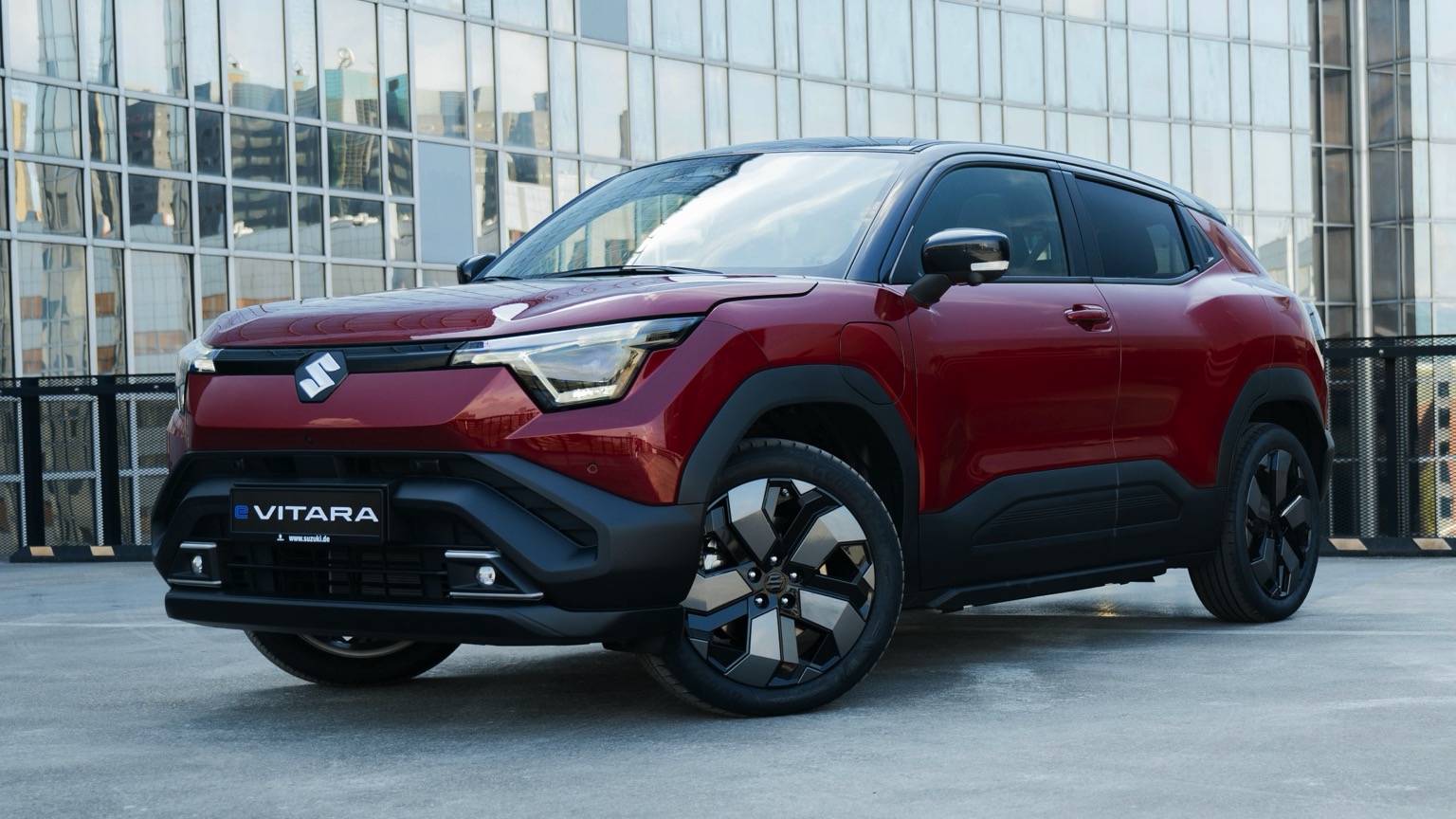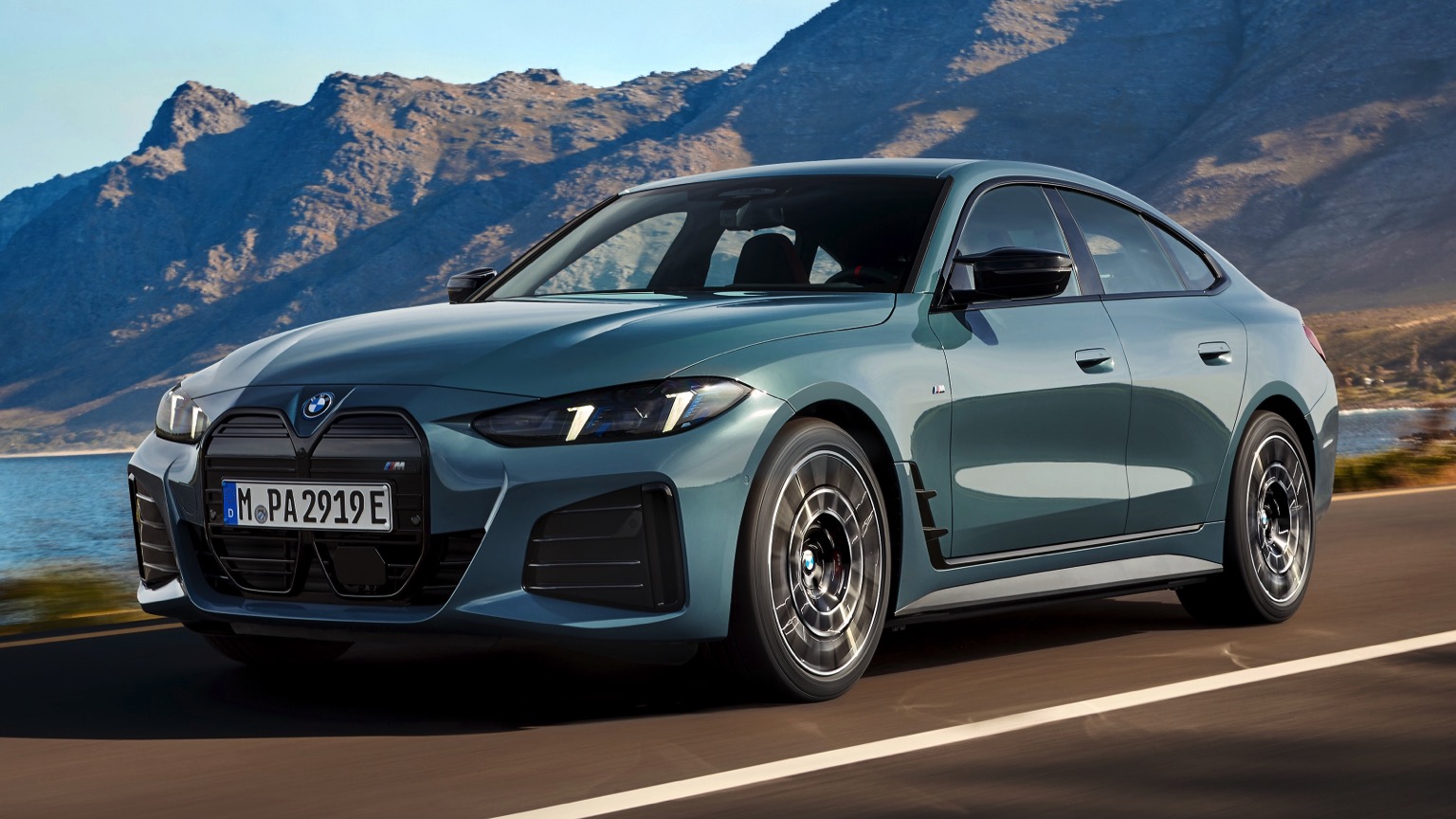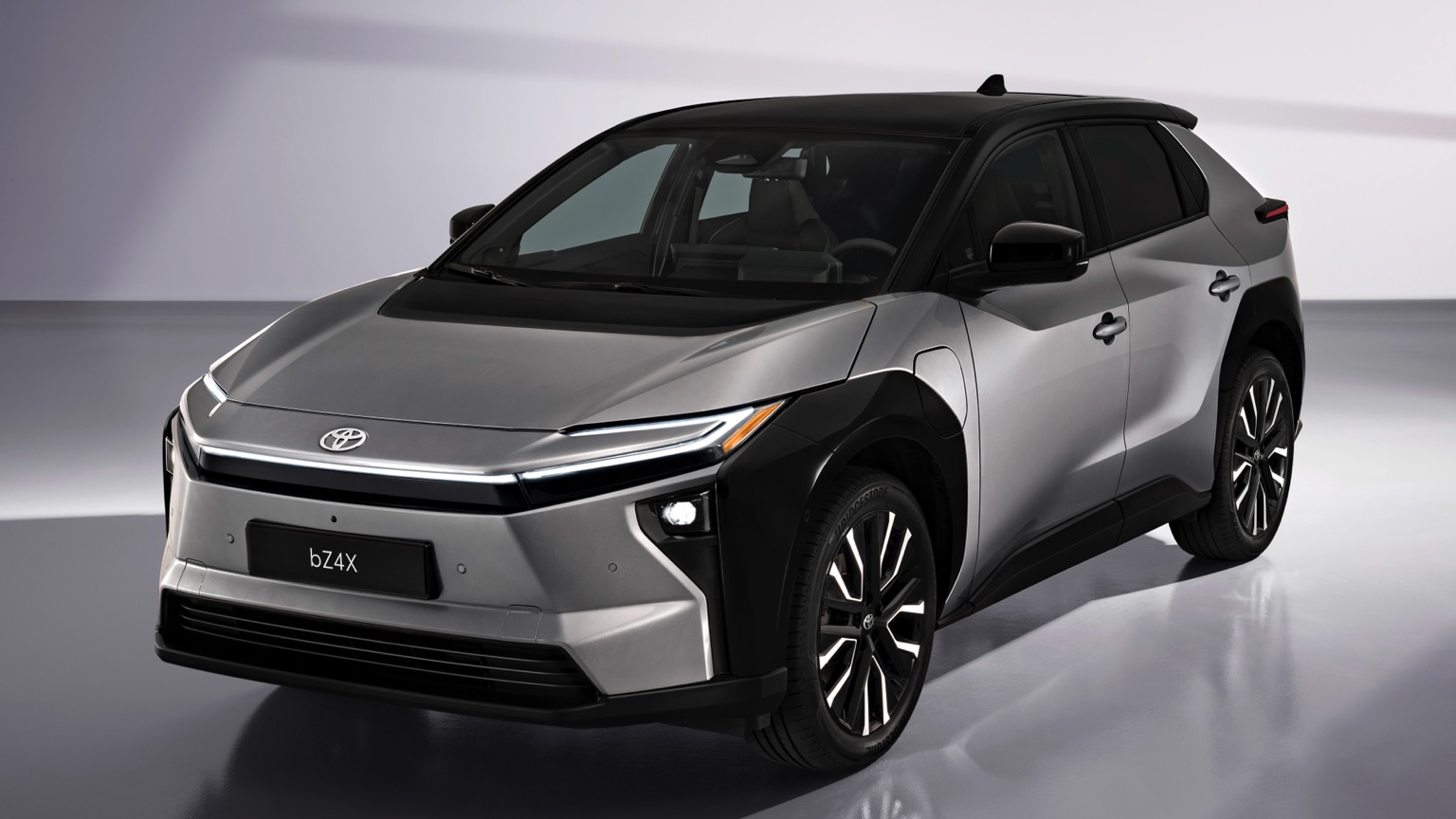Driving Range
In short, how many miles you can travel on a full charge. Is length important? Let’s not open that can of worms…
Efficiency
How many kWh of charge are needed to travel a set distance. The fewer needed, the more efficient your EV is. Easy!
Battery
The bigger the battery, the more power it can hold. In essence, fewer stops needed to top up your charge. Ahh, simplicity!
Top Speed
The maximum speed you can reach with your foot pressed hard to the floor. Important when escaping a zombie apocalypse, we assume.
Seats
Well, you don’t want to have to leave anybody at home… or do you?
Body
From stylish SUVs and compact crossovers, to curvaceous coupes and handy hatchbacks, there’s a perfect shape for everyone!
Isofix
The safe way to attach a child seat. Typically, these are hidden in the join between the back seats, alongside the crumbs from your last meal deal.
Safety Rating
A measure that considers the amount of safety kit installed, how a vehicle performs in crash testing and how safe it is for both pedestrians and cyclists.
| City - Cold Weather | 105 miles |
| Highway - Cold Weather | 70 miles |
| Combined - Cold Weather | 85 miles |
| City - Mild Weather | 155 miles |
| Highway - Mild Weather | 95 miles |
| Combined - Mild Weather | 120 miles |
Indication of real-world range in several situations. Cold weather: 'worst-case' based on -10°C and use of heating. Mild weather: 'best-case' based on 23°C and no use of A/C. For 'Highway' figures a constant speed of 110 km/h is assumed. The actual range will depend on speed, style of driving, weather and route conditions.
| Charge Port | Type 2 |
| Port Location | Front Side - Middle |
| Charge Power | 6.6 KW AC |
| Charge Time | 5hr 15m |
| Charge Speed | 20 mph |
| Fastcharge Port | CCS |
| FC Port Location | Front Side - Middle |
| Fastcharge Power (max) | 46 |
| Fastcharge Time | 39m |
| Fastcharge Speed | 110 mph |
General Charging (0 - 100%)
Charging is possible by using a regular wall plug or a charging station. Public charging is always done through a charging station. How fast the EV can charge depends on the charging station (EVSE) used and the maximum charging capacity of the EV
| Charging Point:Charging Point | Power:Power | Time:Time |
|---|---|---|
| Charging Point:Wall Plug | Power:2.3 kW | Time:14hr 45m |
| Charging Point:1-Phase 16A | Power:3.68 kW | Time:9hr 15m |
| Charging Point:1-Phase 32A | Power:7.36 kW | Time:5hr 15m |
| Charging Point:3-Phase 16A | Power:3.68 kW | Time:9hr 15m |
| Charging Point:3-Phase 32A | Power:7.36 kW | Time:5hr 15m |
Rapid Charging (10 - 80%)
Rapid charging enables longer journeys by adding as much range as possible in the shortest amount of time. Charging power will decrease significantly after 80% state-of-charge (SoC) has been reached.
| Charging Point:Charging Point | Average Power:Average Power | Time:Time |
|---|---|---|
| Charging Point:CCS 50 | Average Power:32 kW | Time: 39m |
| EVDB Real Range | 105 miles |
| EVDB Vehicle Consumption | 271 Wh/mi |
| EVDB CO2 Emissions | 0 g/mi |
| EVDB Vehicle Fuel Equivalent | 1.49 l/100mi |
| WLTP Real Range | 138 miles |
| WLTP Rated Consumption | 27.7 Wh/mi |
| WLTP Vehicle Consumption | 20.7 Wh/mi |
| WLTP CO2 Emissions | 0 g/mi |
| WLTP Rated Fuel Equivalent | 1.46 l/100mi |
| WLTP Vehicle Fuel Equivalent | 1.96 l/100mi |
| Acceleration 0 - 100 km/h | 9 sec |
| Top Speed | 90 mph |
| Electric Range* | 105 miles |
| Total Power* | 100 kWh |
| Total Torque* | 315 Nm |
| Drive | Rear |
| Safety Rating | |
| Rating Year | 2020 |
| Adult Occupant | 76% |
| Child Occupant | 82% |
| Vulnerable Road Users | 62% |
| Safety Assist | 65% |
For more details on the safety rating of this vehicle, visit euroncap.com
| Nominal Capacity | 35.5 kWh |
| Battery Type | Lithium-ion |
| Number of Cells | 96 |
| Architecture | 400 V |
| Useable Capacity | 28.5 kWh |
| Cathode Material | N/A |
| Pack Configuration | 96s2p |
| Nominal Voltage | 355 V |
| Length | 3894 mm |
| Width | 1752 mm |
| Width (with mirrors) | N/A |
| Height | 1512 mm |
| Wheelbase | 2538 mm |
| Weight Unladen (EU) | 1588 kg |
| Gross Vehicle Weight (GVWR) | 1855 kg |
| Max. Payload | 342 kg |
| Cargo Volume | 171 L |
| Cargo Volume (Max) | 861 L |
| Cargo Volume Frunk | N/A |
| Roof Load | N/A |
| Tow Hitch Possible | No |
| Towing Weight Unbraked | N/A |
| Towing Weight Braked | N/A |
| Vertical Load Max | N/A |
| Seats | 4 |
| Isofix | Yes, 2 seats |
| Turning Circle | 9.2m |
| Platform | N/A |
| Car Body | Hatchback |
| Segment | B |
| Roof Rails | No |
| EV Dedicated Platform | No |
* = estimated value. Average energy consumption and range based on moderate drive style and climate. Real-life values may differ significantly. Pricing information might not be actual for some regions. No rights can be derived from the information on this site.
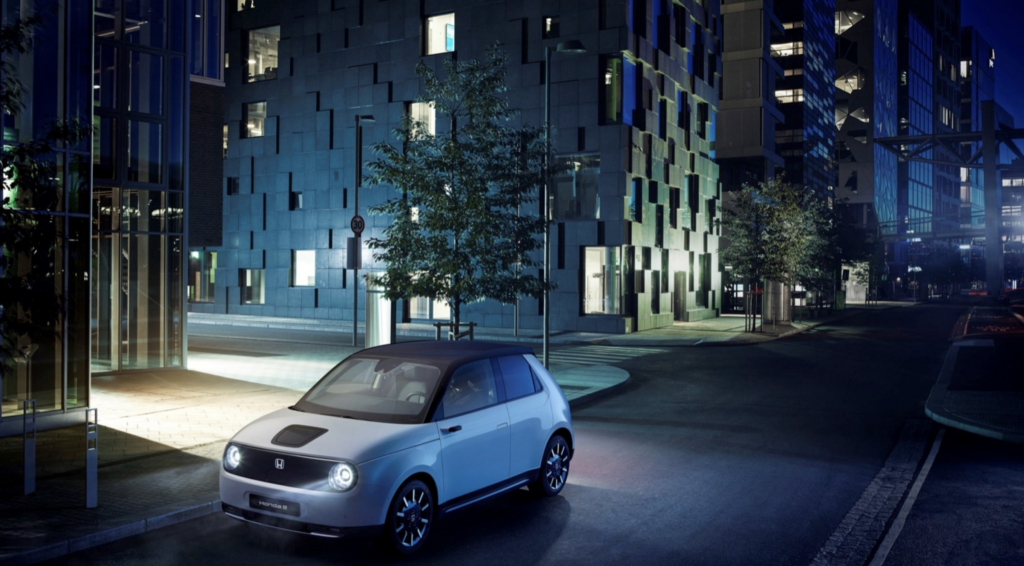
Honda E Charging Guide
The Honda E is a manifestation of Honda’s commitment to urban mobility and cutting-edge design. With its compact form and advanced features, the Honda E is not just a car; it’s a statement on the future of city driving. This model is engineered to seamlessly blend technology, sustainability, and a touch of retro-inspired charm, offering an unparalleled driving experience in the heart of urban landscapes.
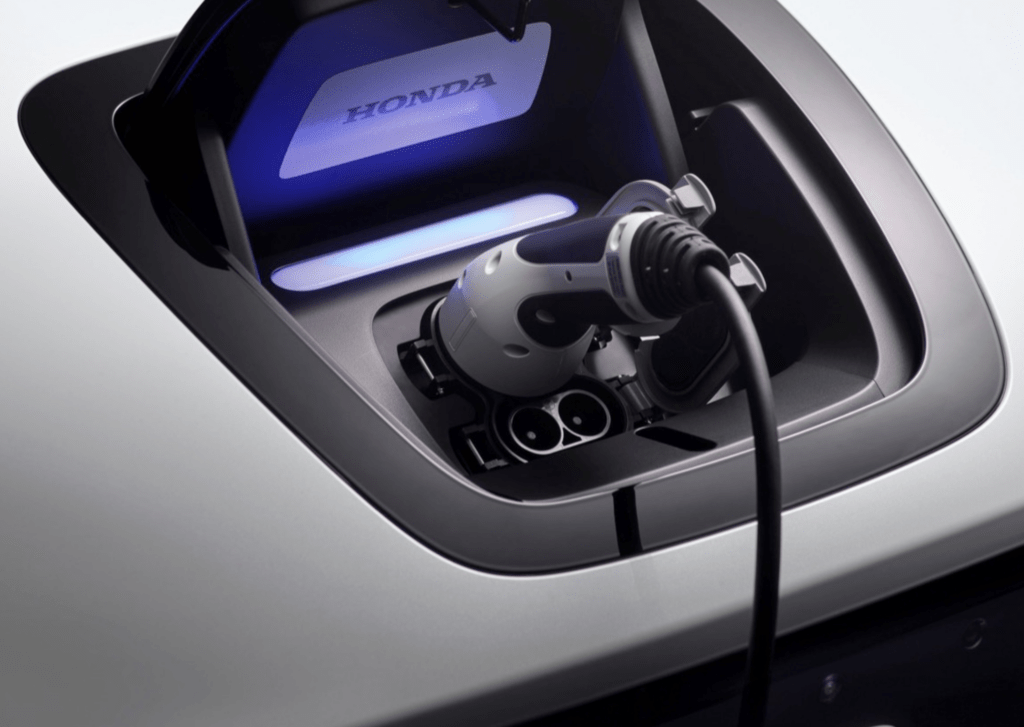
How to charge the Honda E?
Charging the Honda E is a straightforward process, aligning with the vehicle’s focus on urban convenience:
For charging at home, Honda E owners can utilise a home charging station, the Honda E can be charged overnight, providing a reliable and convenient option for daily driving. Home charging typically involves using a Level 2 charger for efficient replenishment.
For on-the-go charging, the Honda E is compatible with public charging infrastructure, including Level 3 DC fast chargers. Honda’s navigation system can assist in locating nearby charging stations, ensuring drivers have a network of options for longer journeys.
How long does it take to charge the Honda E?
4 hours and 4 minutes*
*Using a standard 7kWh charger, such as zappi it would take 4 hours and 4 minutes to fully charge your 28.5kWh battery.
What is the range of the Honda E?
105 miles**The range of the Honda E with the 28.5kWh battery, differs between 70 miles and 155 miles depending on your driving conditions and the type of road. Typically, the average range from a full charge will be around 105 miles.
How much does it cost to charge the Honda E?
£2.14**It could cost just £2.14 to charge the Honda E, with the 28.5kWh battery, when fully utilising off-peak charging on an Octopus Intelligent tariff, at 0.075p/kWh. In contrast, peak charging on a standard rate of 0.34p/kWh can cost £9.69 to charge up.
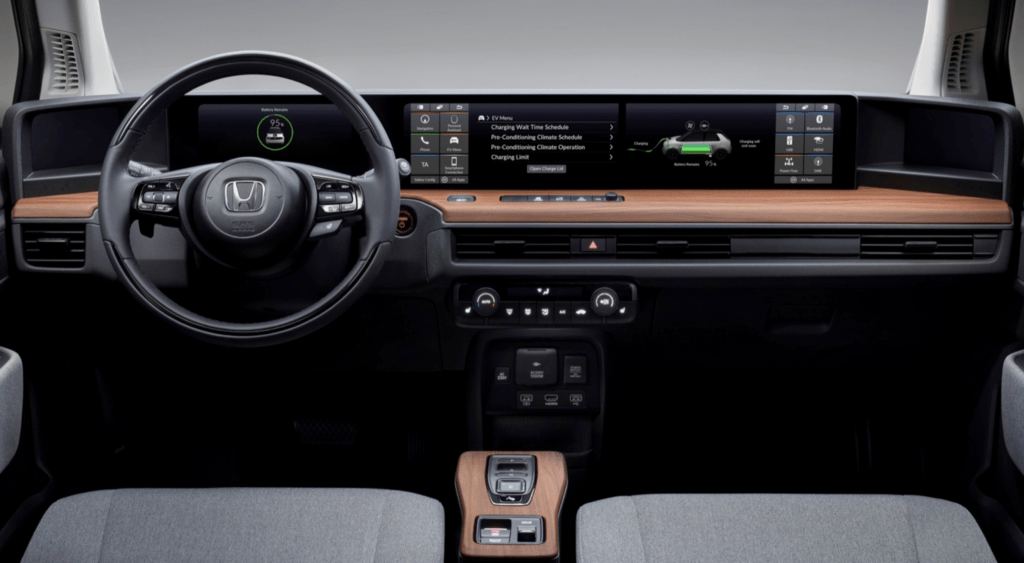
How does the Honda E work?
The Honda E operates as a fully electric vehicle, driven by an electric motor powered by a high-capacity battery pack. Its compact size and agile handling make it an ideal choice for navigating city streets. The electric powertrain delivers instant torque, providing a responsive and smooth driving experience, while regenerative braking helps maximise energy efficiency.
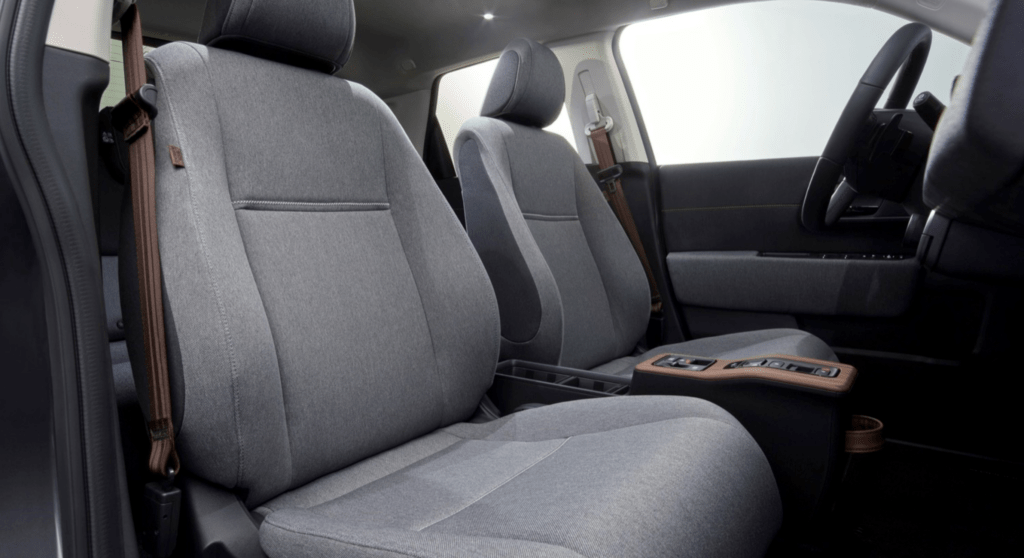
What colour does the Honda E come in?
The Honda E is a canvas of personal expression with a vibrant palette of colours to choose from. Whether it’s Crystal Black Pearl, Modern Steel Metallic, or the eye-catching Charge Yellow, Honda offers a spectrum of colour options, allowing drivers to tailor their Honda E to suit their style and preferences.
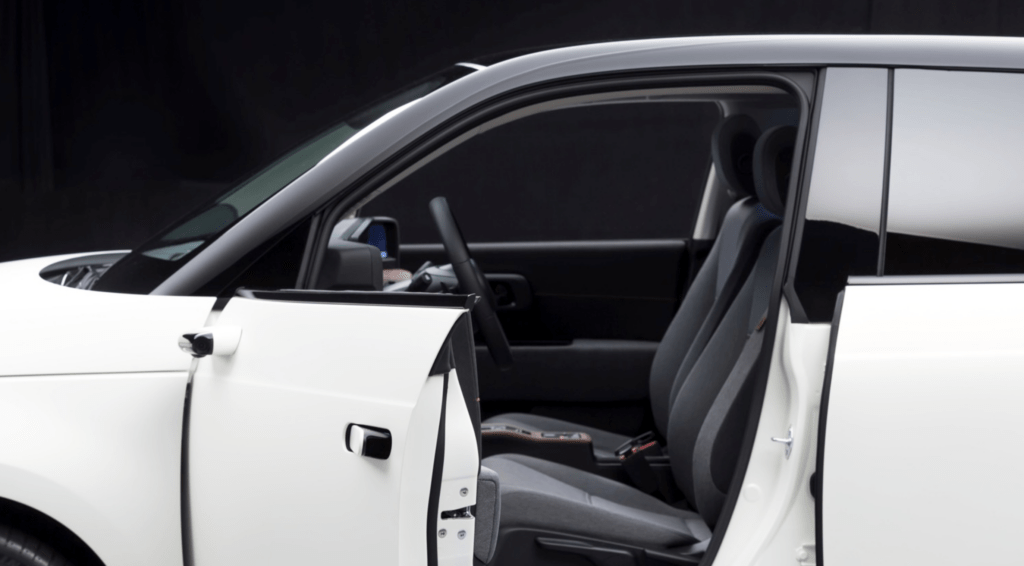
Where is the Honda E made?
The Honda E is proudly manufactured in Japan, exemplifying Honda’s commitment to precision engineering and quality craftsmanship. Produced at Honda’s advanced manufacturing facilities, the Honda E is a product of Japanese automotive ingenuity, ensuring a blend of reliability and innovation.
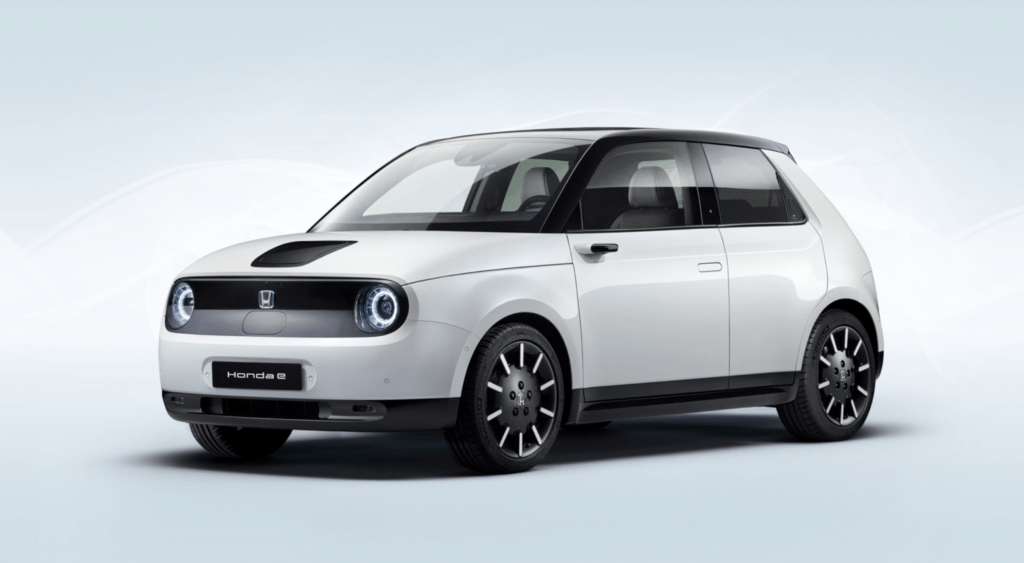
City explorer.
The Honda E is not just a vehicle; it’s a vision of urban mobility designed for the modern city dweller. With its electric powertrain, an array of vibrant color choices, Japanese precision in manufacturing, and convenient charging options, the Honda E offers a unique blend of style, sustainability, and practicality. It’s a car that not only takes you places but does so with a touch of flair and a nod to the future of urban driving.
Similar Electric Vehicles

